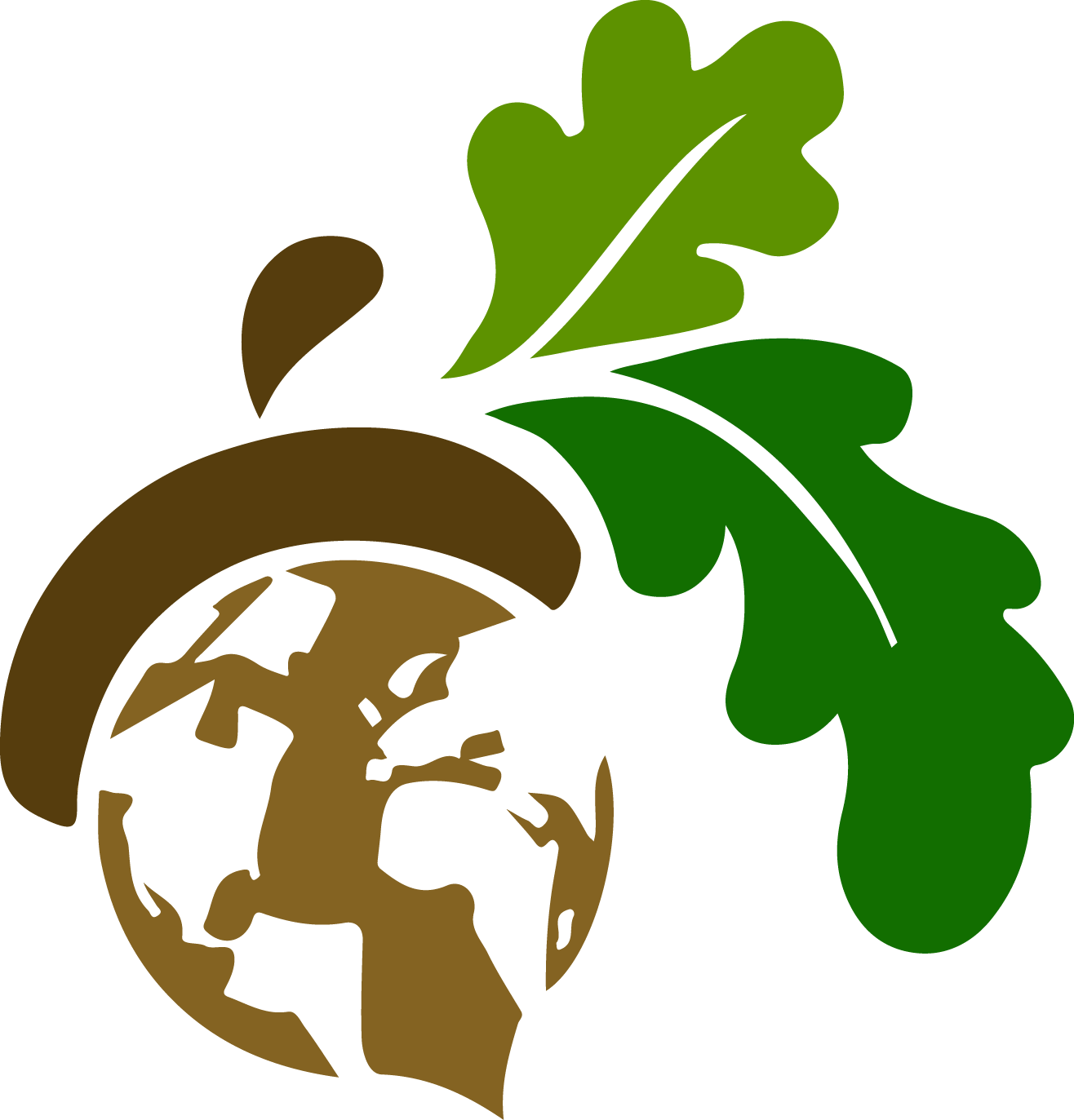Way back in 2013, when I was traveling Europe for the first time, a German student from Nienburg had come to my University to study abroad for a semester. A week or two after the semester started and I was still in Ireland, but had received numerous messages that looked like this:


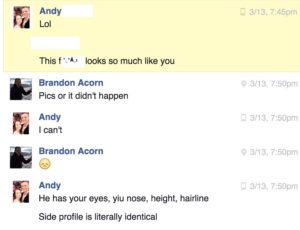
My German doppelgänger, Gunnar, and I had met once I’d returned to the states in 2013, and he invited me to come and visit his place in Braunschweig where he teaches middle and high school. And so here I am.
Originally I was going to fly to Berlin on March 31 and he was going to meet me at the airport and drive me back to Braunschweig a couple days later. Because of my own stupidity, I arrived four days late, but he still greeted me with a sign he made for my original arrival:
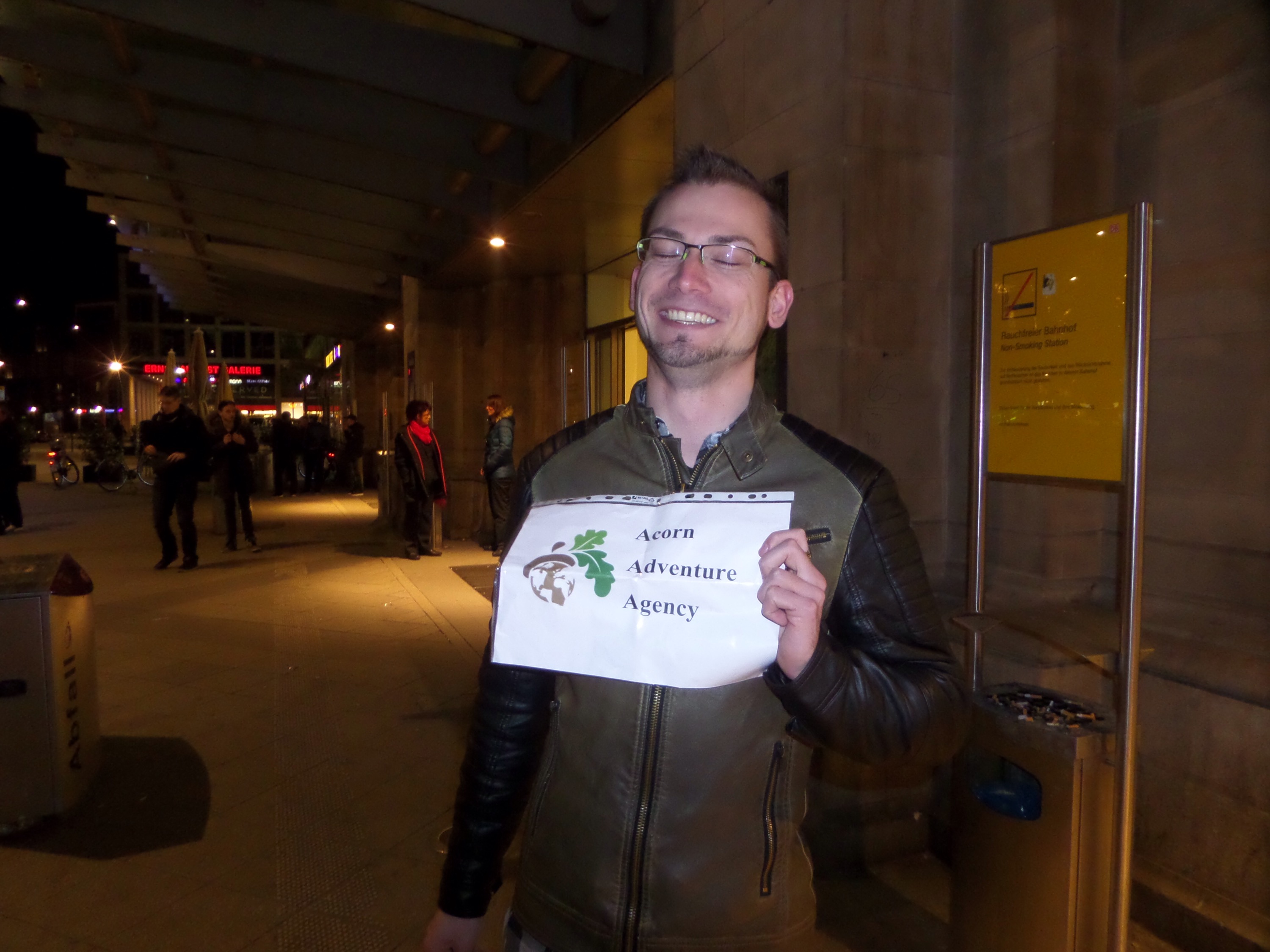
Since I wasn’t feeling well at all, in between forcing myself to explore the city and get new clothes for warmer weather, I was once again overjoyed by the fact that I have friends everywhere. Gunnar made sure I got tons of vitamin C, cold symptom meds, food, and even brought me breakfast in bed while planning out things for us to do and see in the area. I contributed by coughing on his furniture, snoring loudly in the night, breaking a wine glass, and tracking mud in on my sweats. And that was just the first three days.
All joking aside, despite my condition, we were able to get out into the city and meet up with Gunnar’s boyfriend for a day of shopping the morning after my arrival.
Braunschweig the city was founded in 821 according to local legend and there’s a lot of history here.
In the city center, we saw one thing after another. Just like every other German city I’ve seen and stopped through, the streets here are clean and the building, despite their age, look like they’ve been take care of– fresh paint, clean windows (even if they are lopsided from the age of the walls). The public transport is extensive, with the city holding currently over a quarter of a million inhabitants.
Gunnar explained there are several “city centers” (markt, like marketplace) in Braunschweig. Since Easter weekend was in full swing, there were a ton of people out with their families. Plenty of street performers and a few homeless dotted the streets with their cups half empty.
During the twelfth century, Heinrich the Lion ruled over Braunschweig after founding the city of München/Munich. The lion became the symbol of the city and there is one erected near the Dankwarderode Castle and St. Blaise’s cathedral.
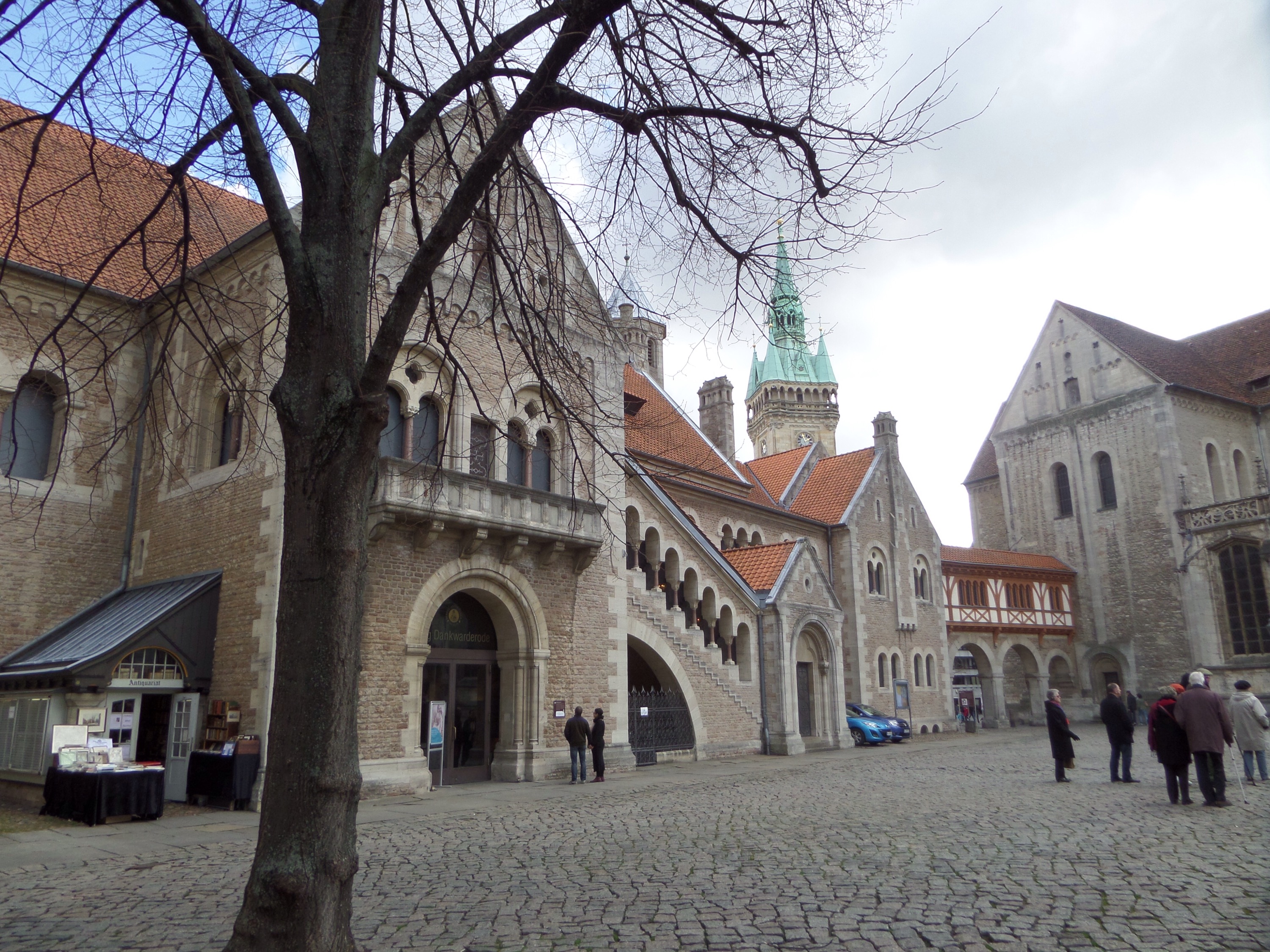
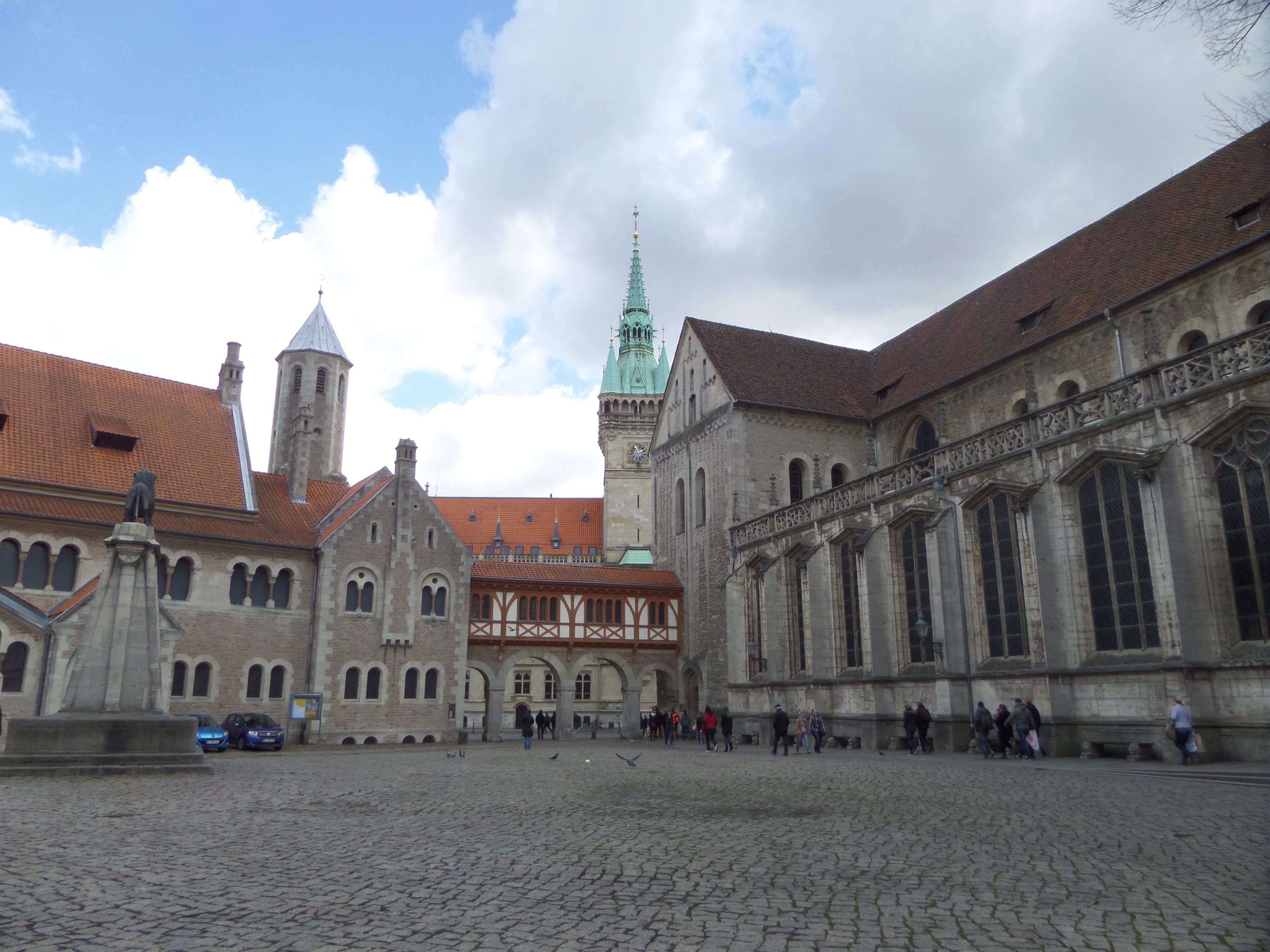

Along the tile streets, there are various stones with red symbols painted on. These are called stolperstein (“stumble stones”) and the symbols refer to individuals murdered during the holocaust. There are other stones too, with red shapes painted on them.
The city counsil building is famous because of a tradition held here. When men reach the age of 30, if they are unmarried, your friends instruct you on how to dress for the day (which can range from just your underwear to ridiculous costumes), drink a ton of beer, and you have to clean the steps of the council building as your friends throw confetti and mess all over them. The only way to get out of this carnival gone wrong is if a virgin kisses you (which in Germany is someone under the age of 14).
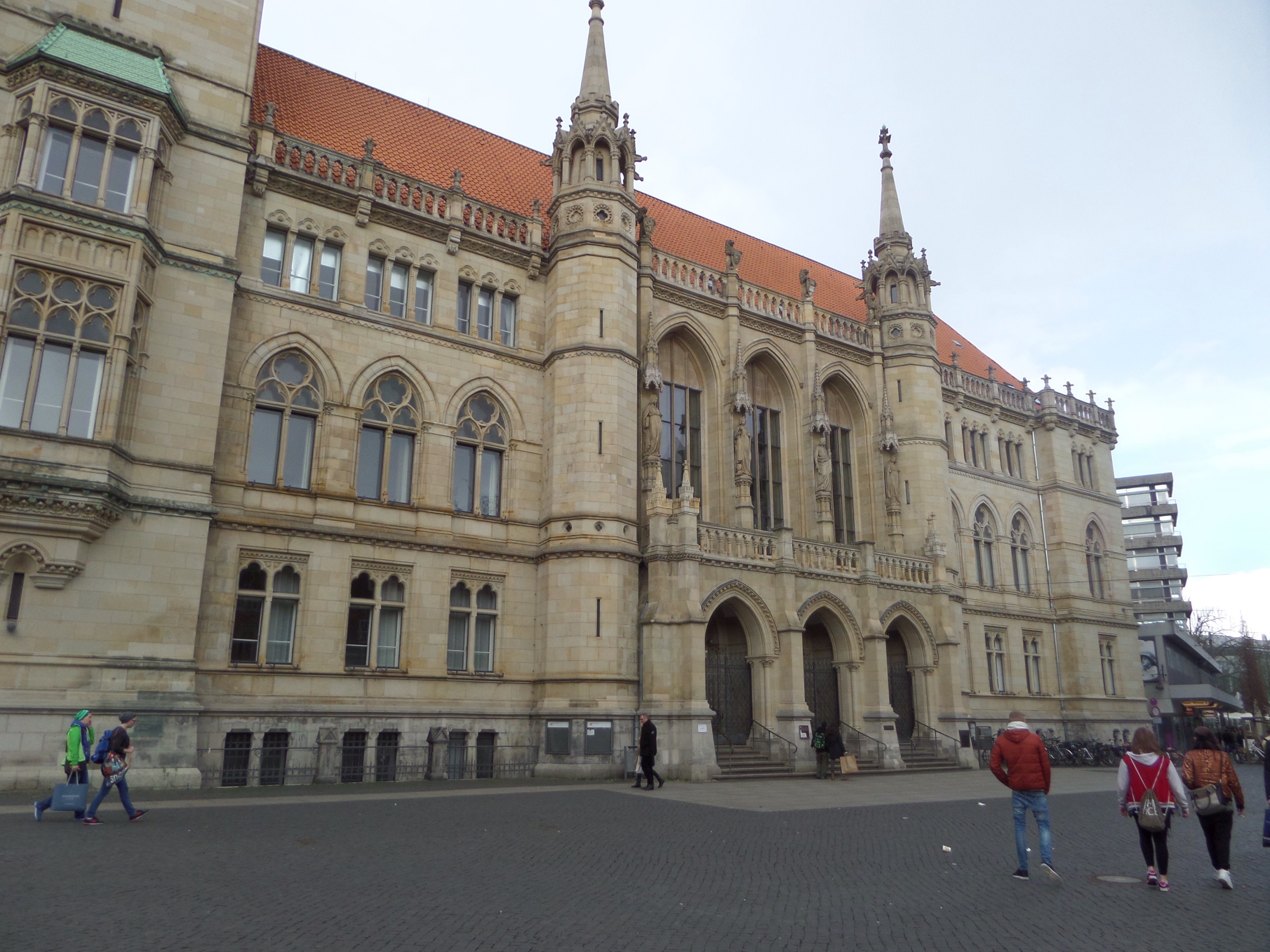
Gunnar and David suggested we do something very typically German that night, which is an old tradition going back to pagan times called the Osterfeuer (“Easter fire”. In northern Germany, on the Fridaz night preceding Easter, the villages and towns gather old wood and things they don’t want anymore in order to burn them in a huge bonfire. This symbolizes removing the old, worn-out things and welcoming in the spring when new life begins, and exorcizing evil spirits from the area. It’s also a way for Germans to avoid paying a fee for a brush removal service.
Speaking of, inside the city are little yards behind wire fences called Schrebergärten. These are little gardens that Germans can rent out to take care of.
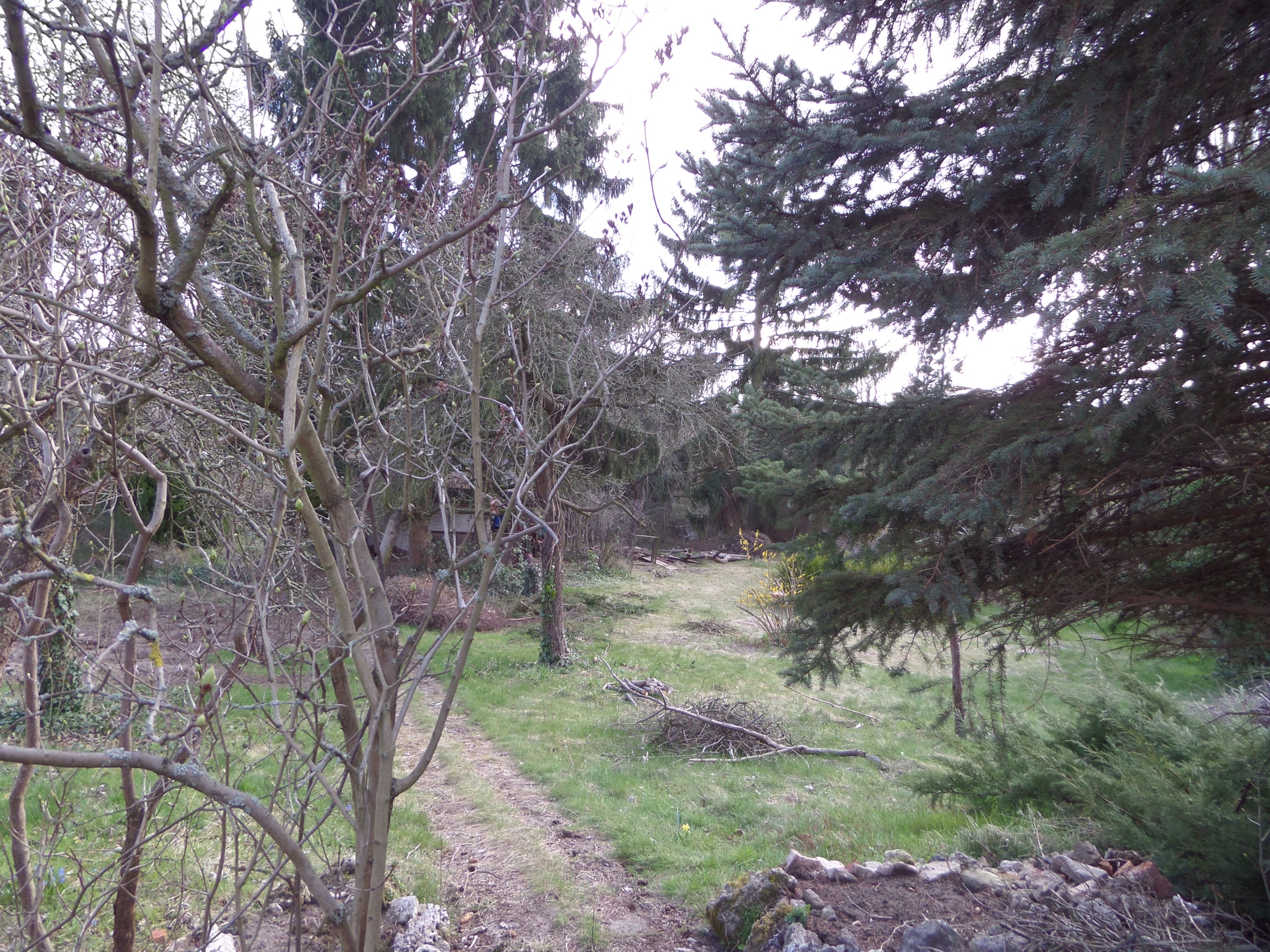
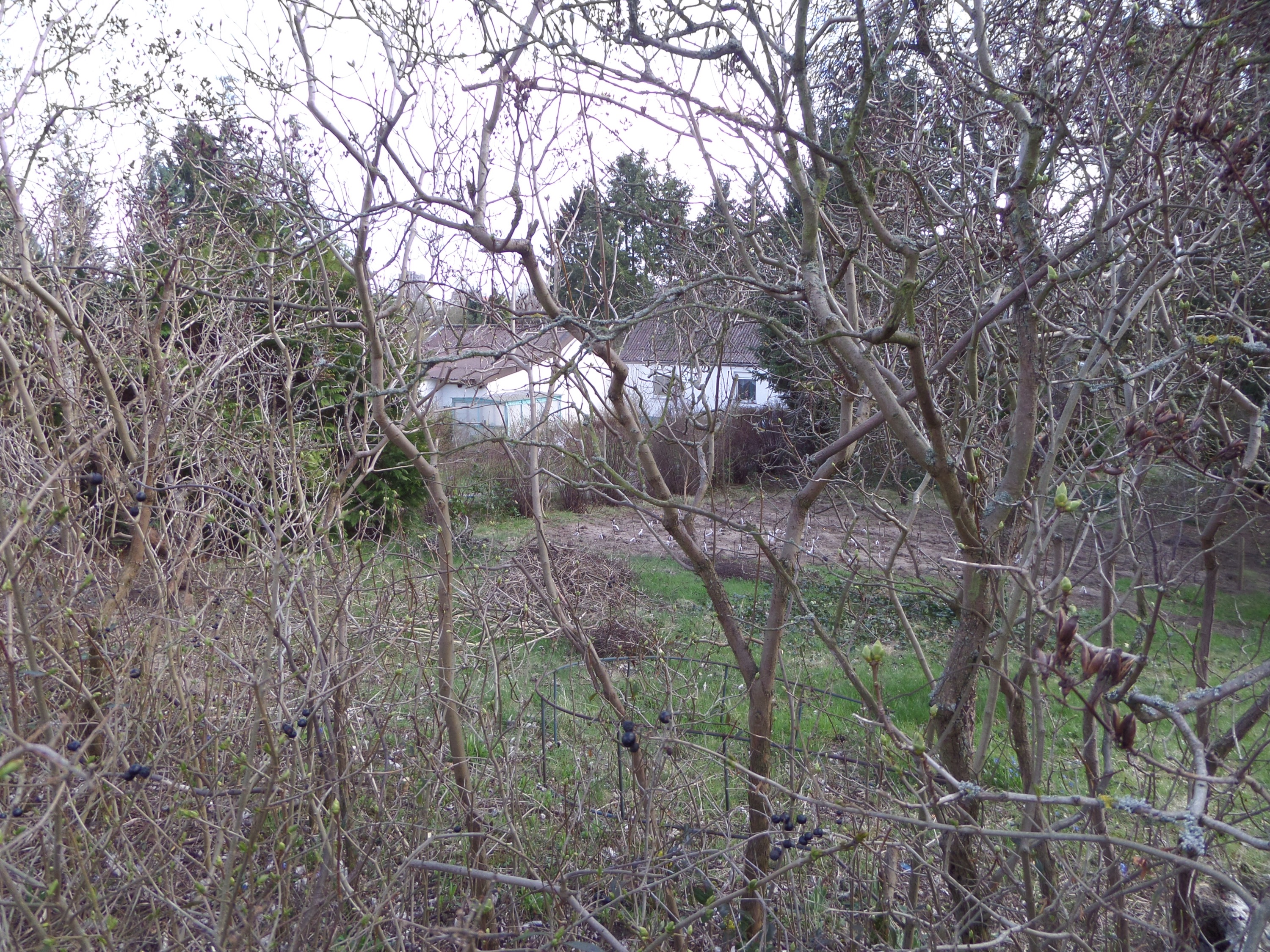
“I don’t know why they do this, rent land so they can take care of it on the weekends. Because they work during the week, and then instead of using the weekend to have some free time, they just have to work on these gardens,” Gunnar said.
“I guess they like to keep busy.”
“I think it’s dumb.”
Back to the Easterfire:

As the bonfires rage on, volunteer firefighters push the cinders farther in toward the center so there’s an easy cleanup at the end. Many people from the area gather around the fire and drink beer, while tents are set up that sell more alcohol, bratwurst, and sometimes other things depending on the size of the gathering.
A typical German “village” is very old, and very small. As we were driving throug several of them, it became clear there was no more than one main street and a few side streets. Almost everyone knows your business in these small villages. It’s like Truman State.
We stopped for a bit at the first bonfire and I stood baking like a cake to keep warm, enjoying a huge bratwurst for €1,50 and pretending to know what was going on as old friends reunited around me.
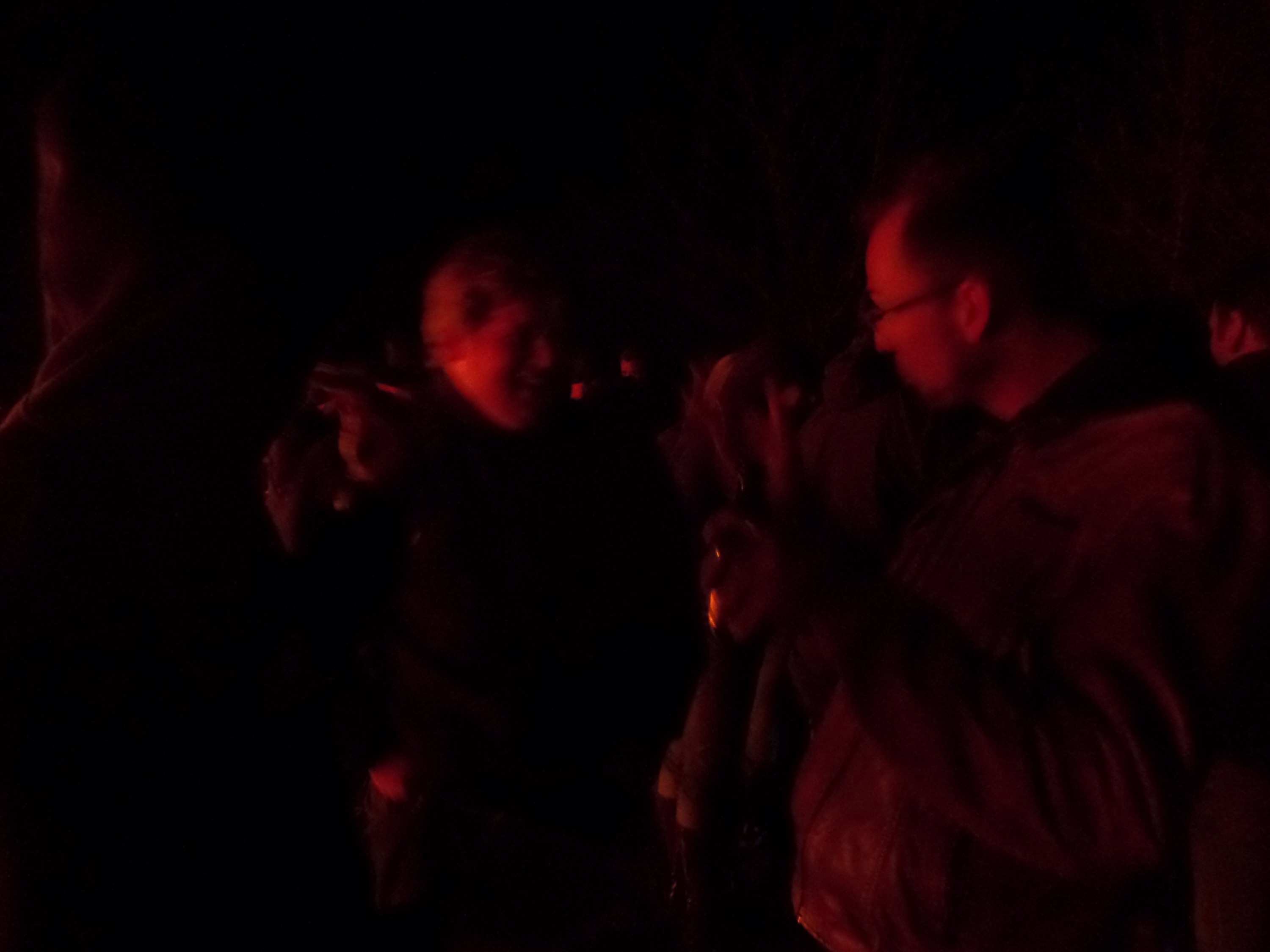
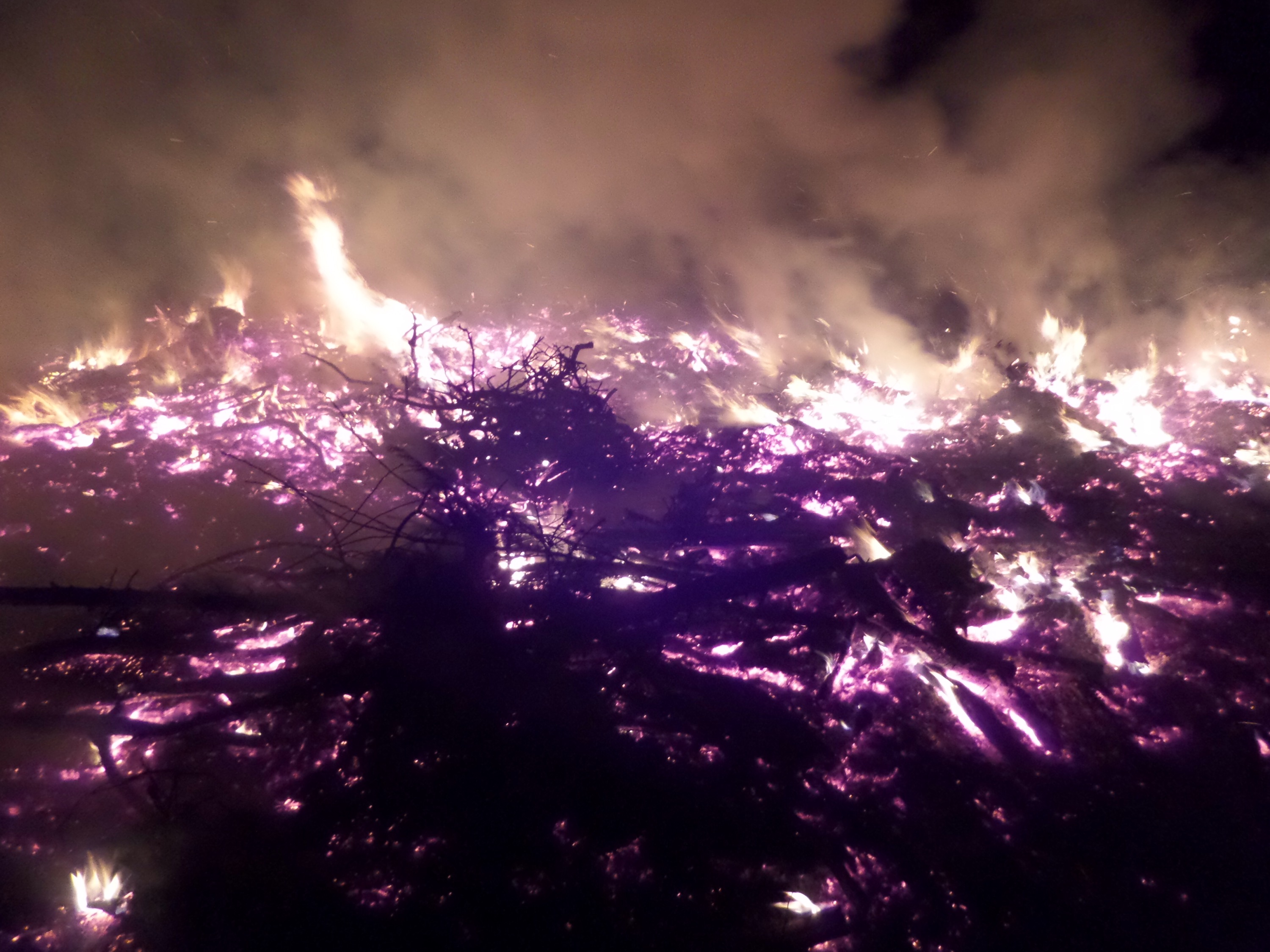
The second bonfire we visited came complete with a party tent. There were fog machines, loud dance music, bright flashing and pointing lights, and a lot of drunk people. Outside in the streets leading to the bonfire, groups of teens were passing weed around and laughing like valley girls.
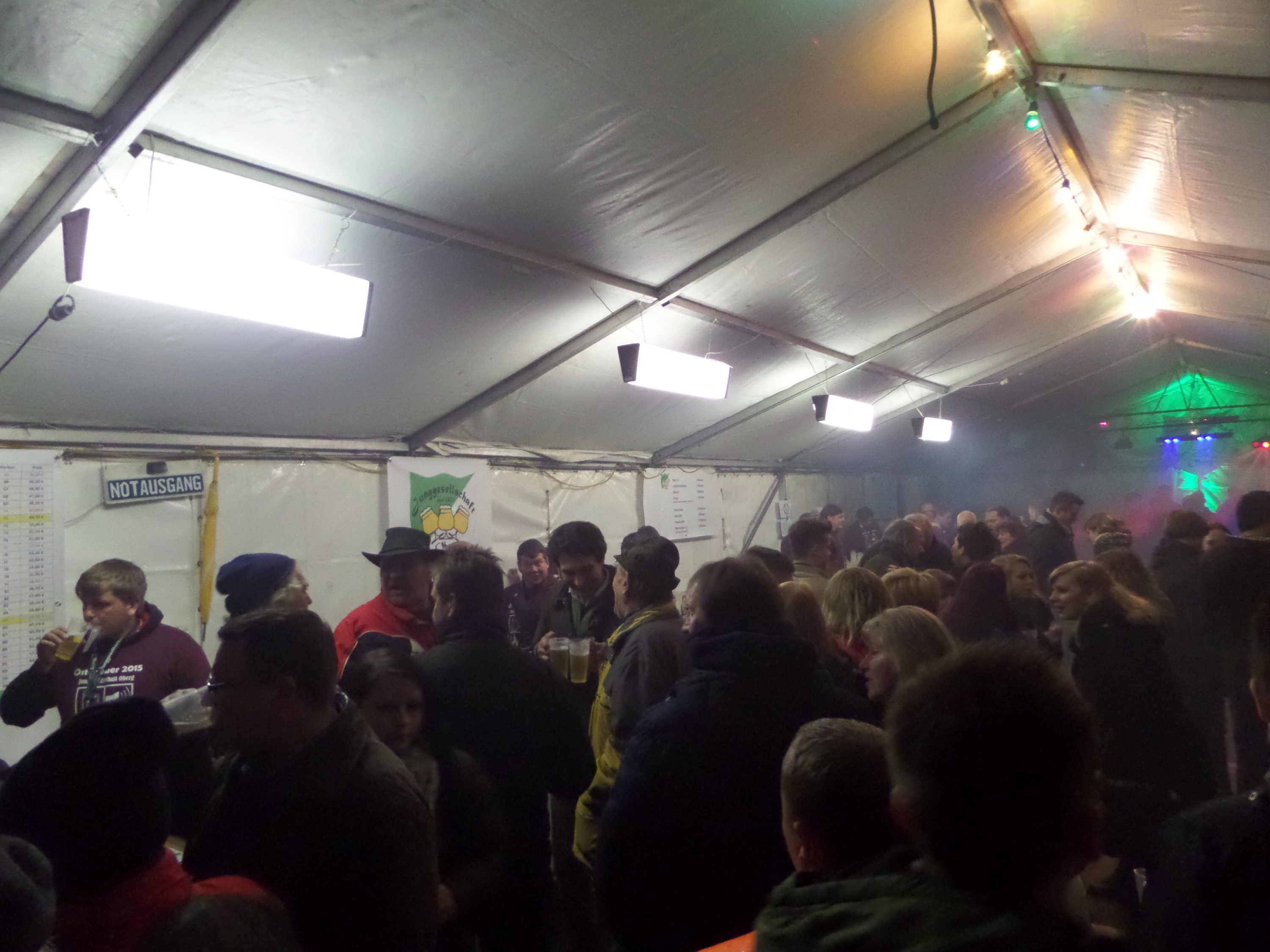
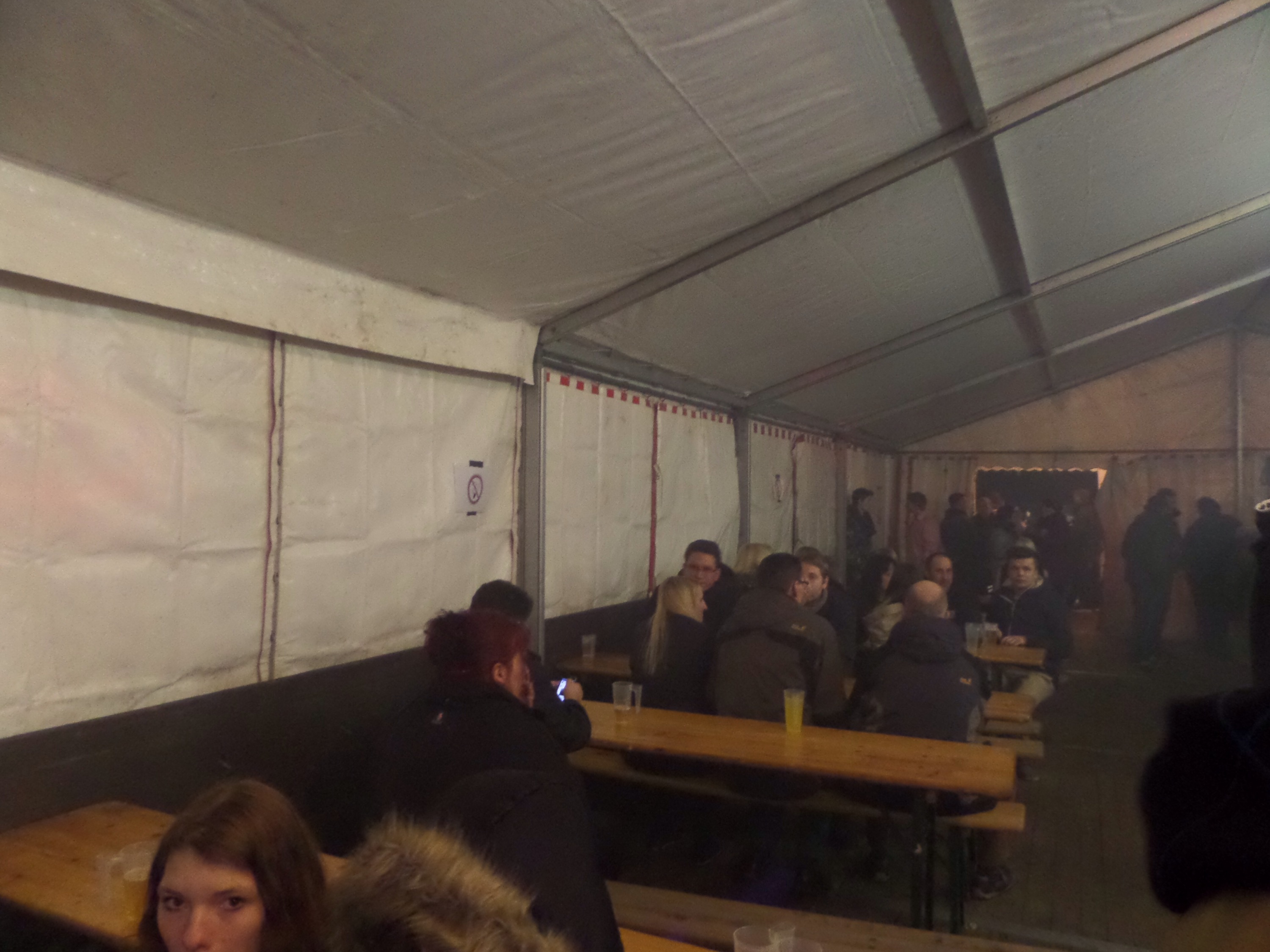
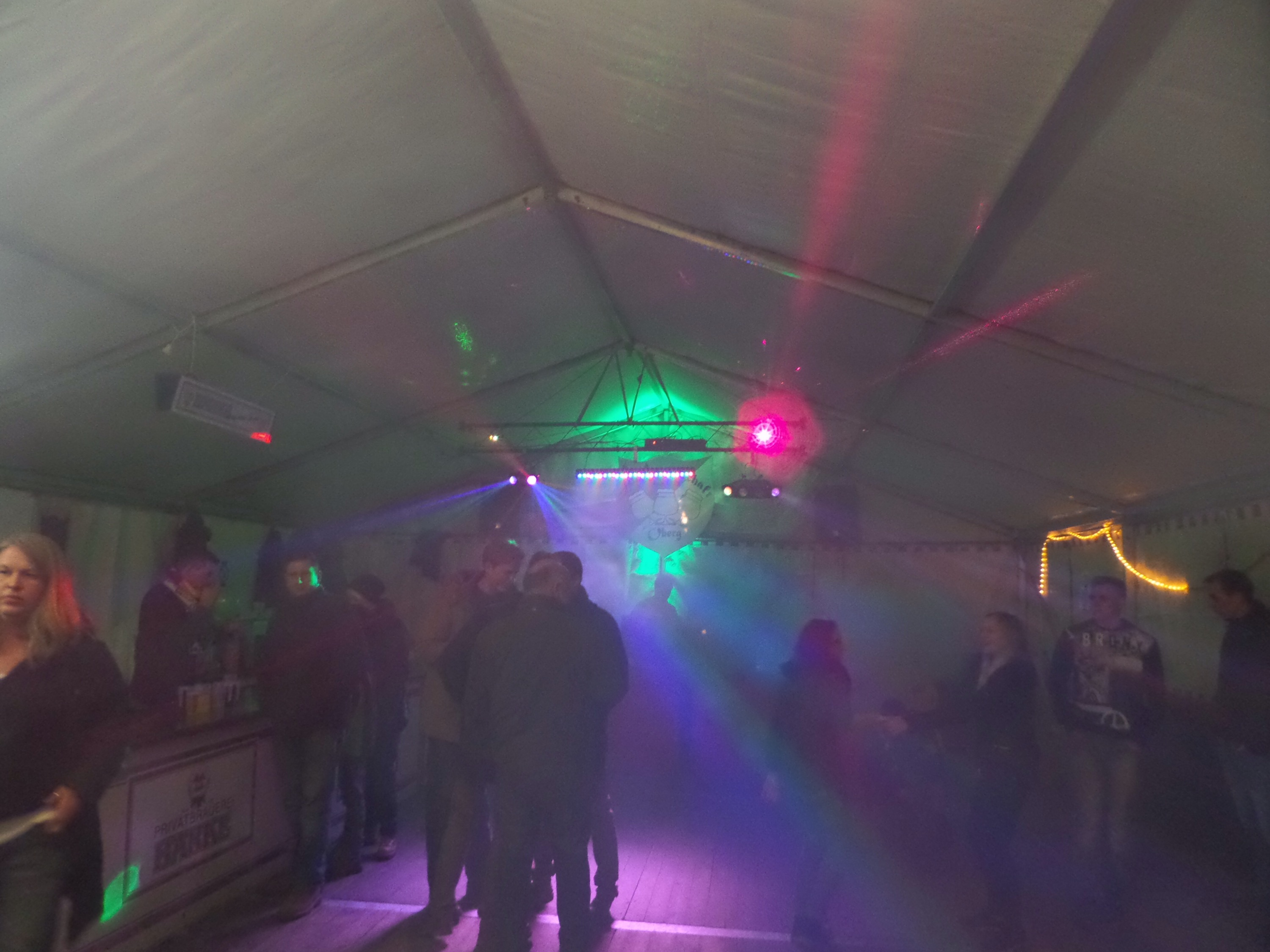
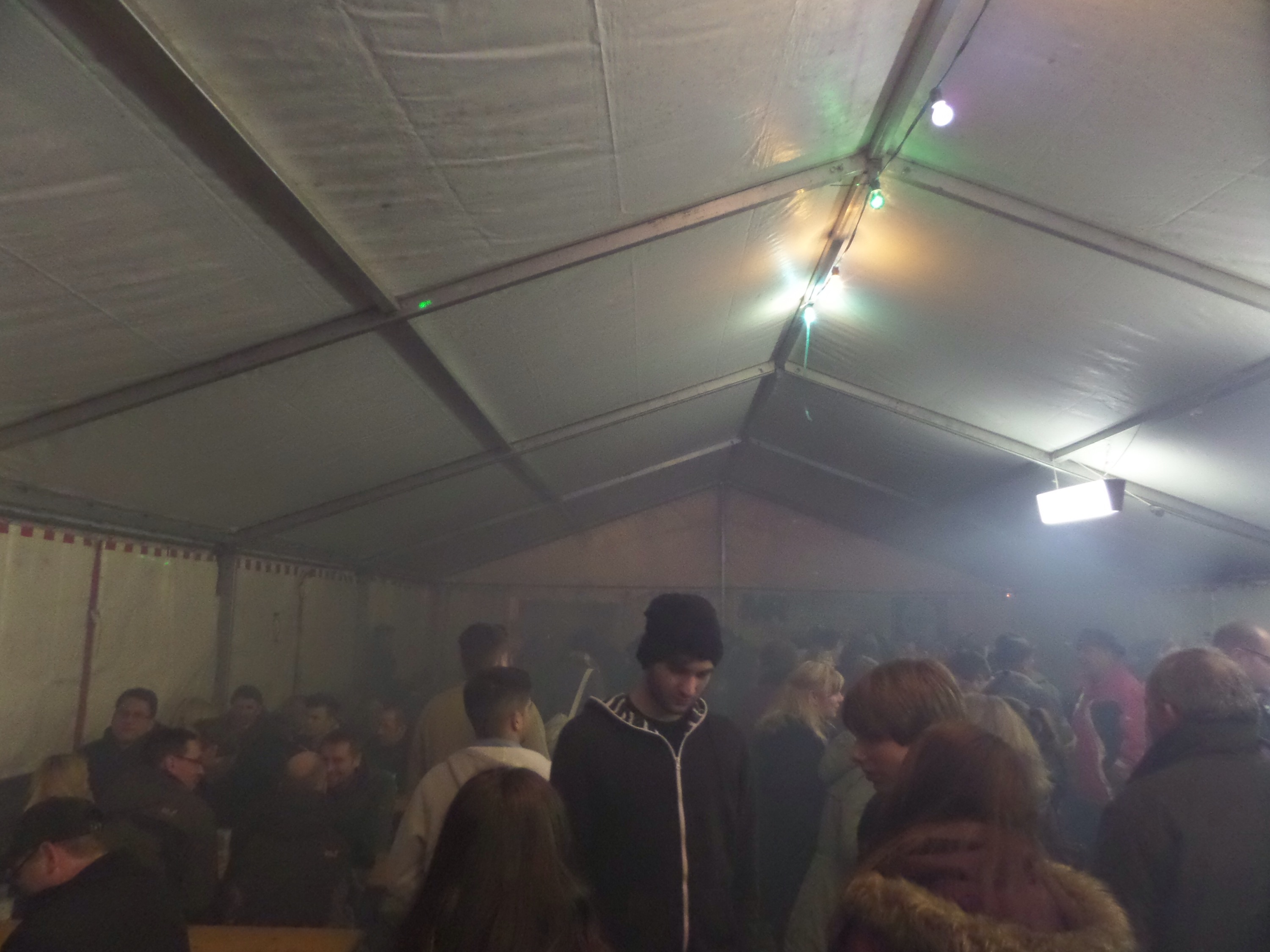
Despite the positive, loud atmosphere, no one was dancing yet, and instead most of the people inside the tent were sitting at simple wooden longtables nursing a mug full of beer. Since Gunnar and David didn’t know anyone there, we didn’t stay long and headed back home.
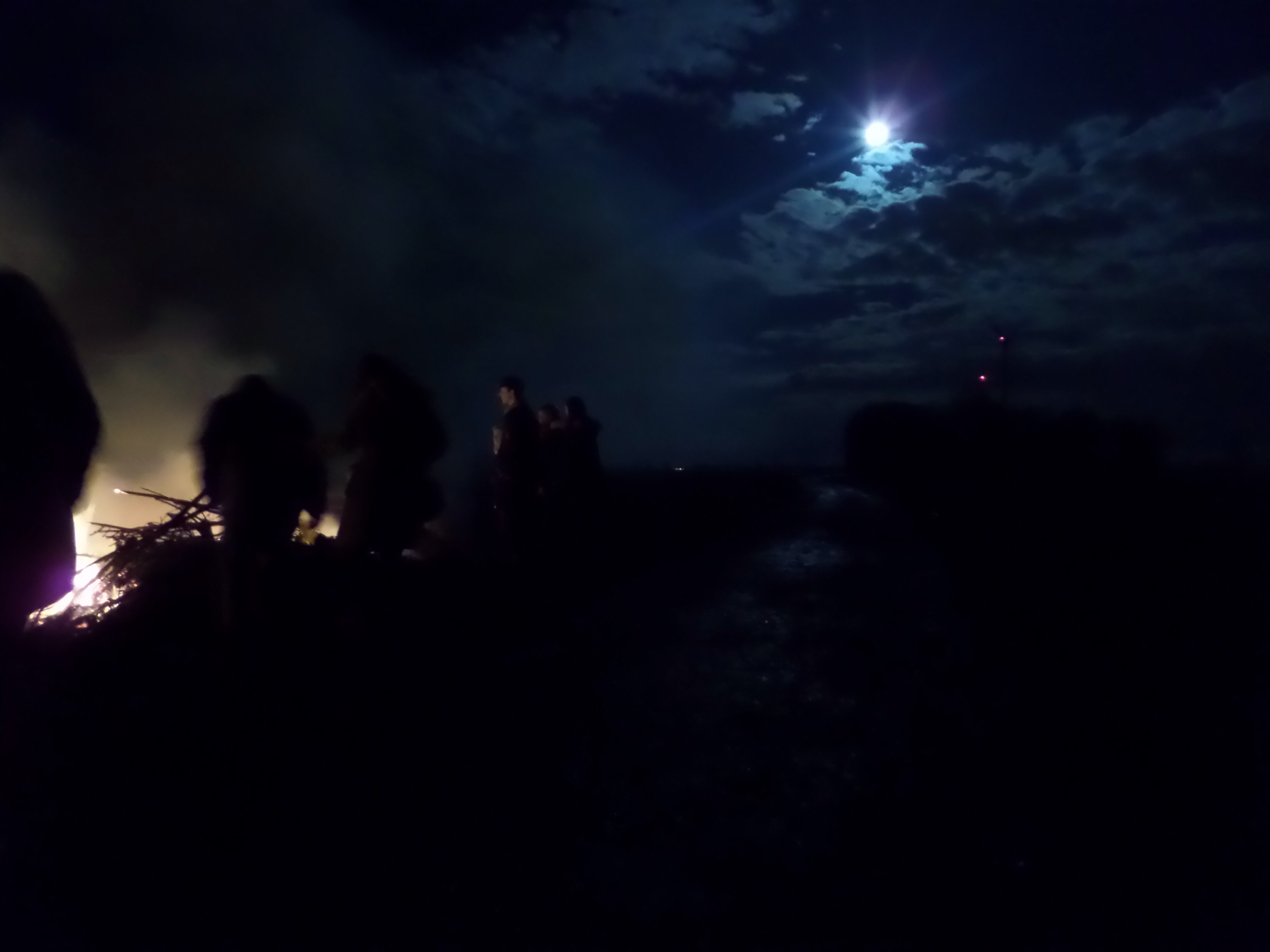
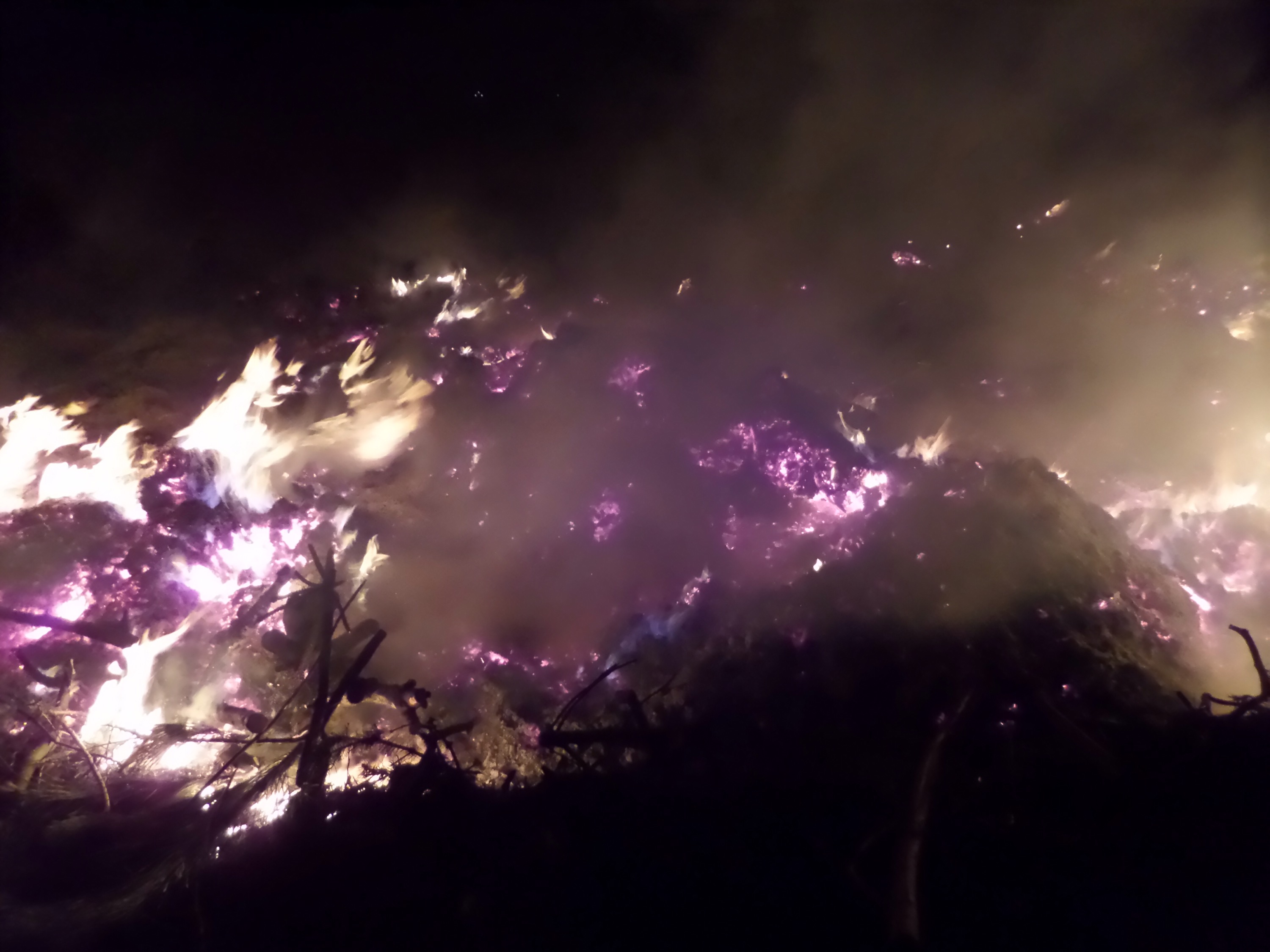
Gunnar decided to take me to the Harz, which is a large national park in the heart of Germany where the northern hills fold up into mountains and a sparkling lake. We took a hiking trail that was part of the inspiration for Goethe’s (Germany’s equivalent to Shakespeare in terms of his impact on European literature) Faust. The local legends pertain to the witches that lived in the area and their insatiable appetite for the children of the isolated villages shivering in the mountains.
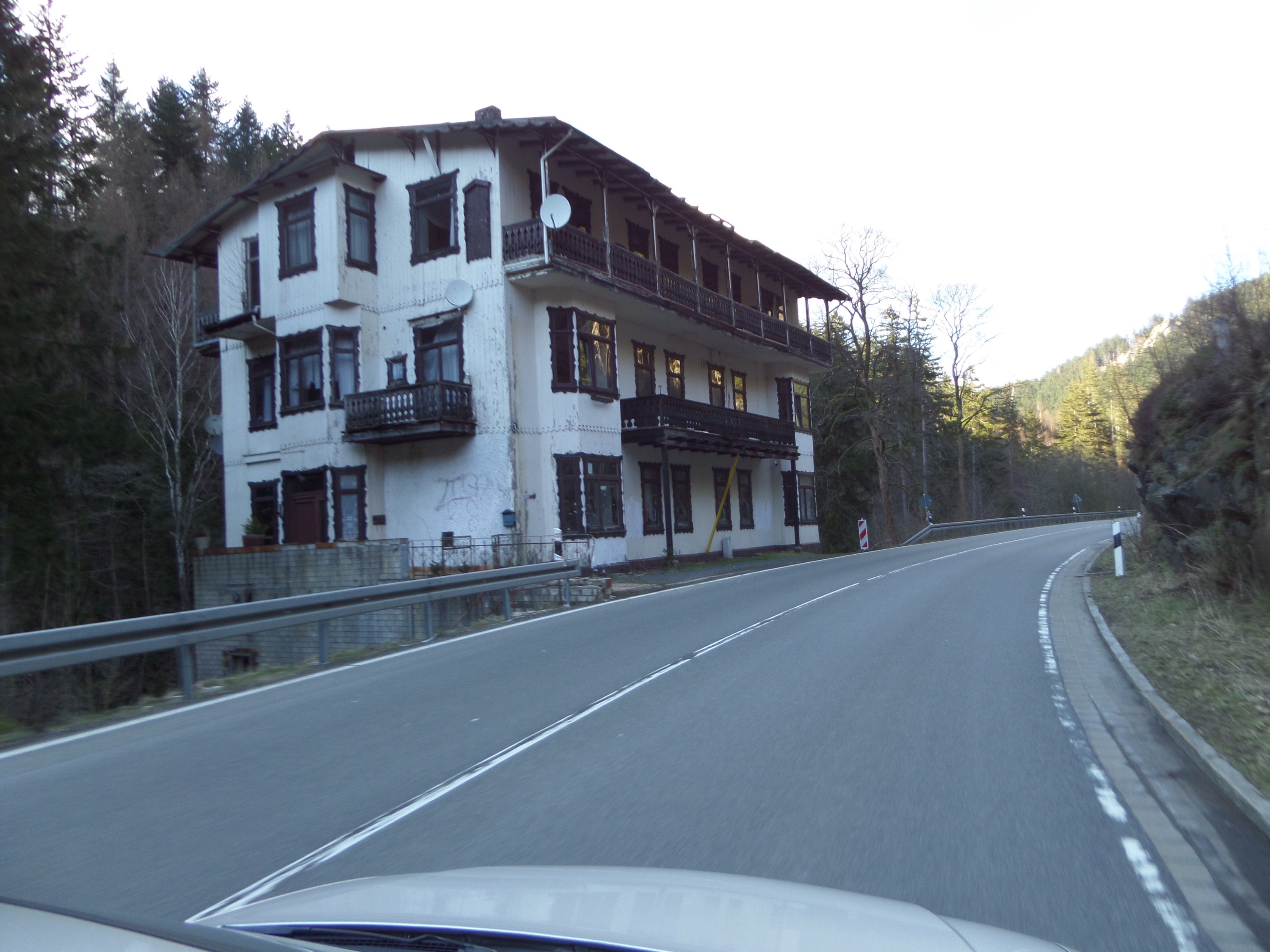
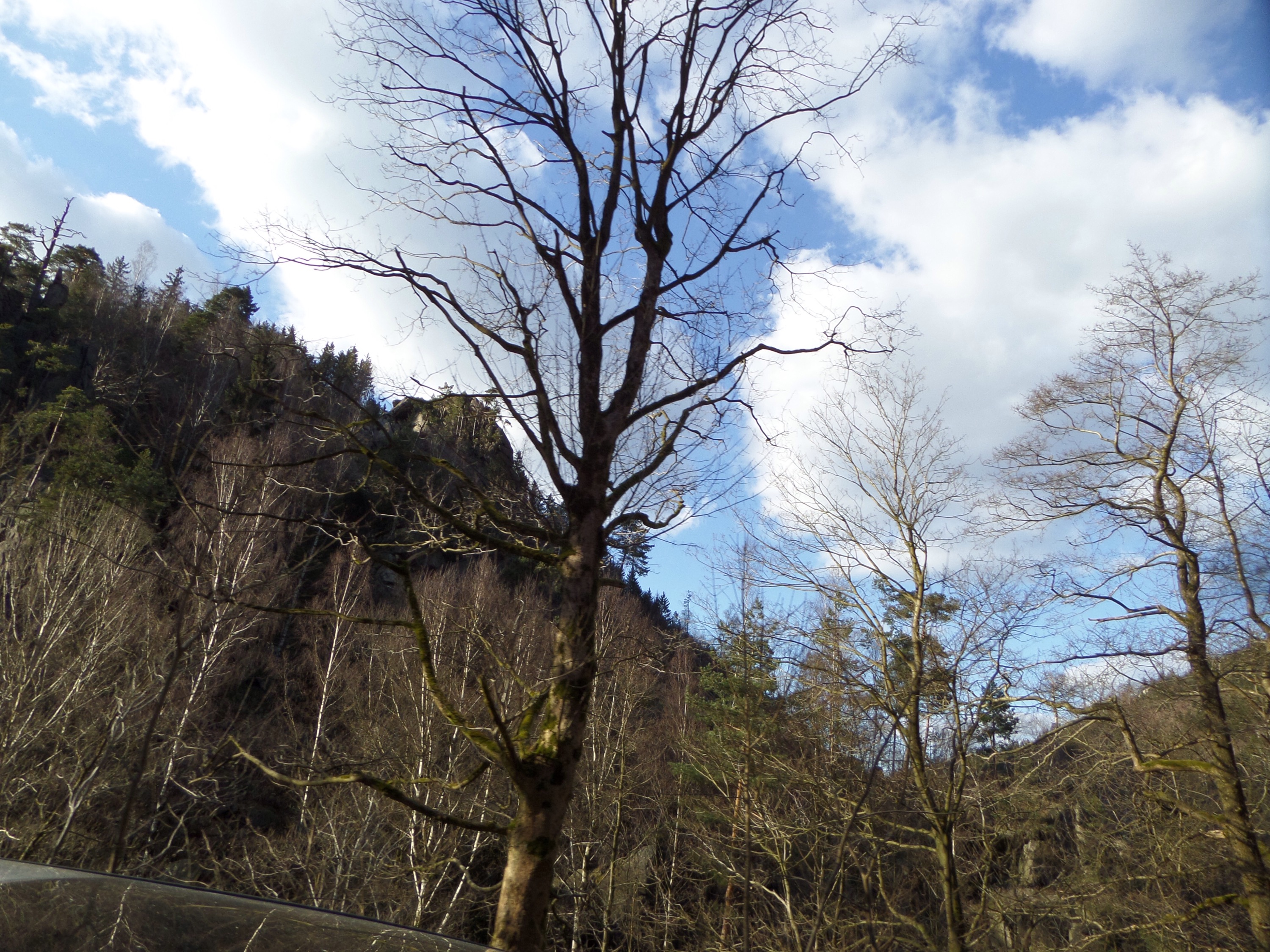
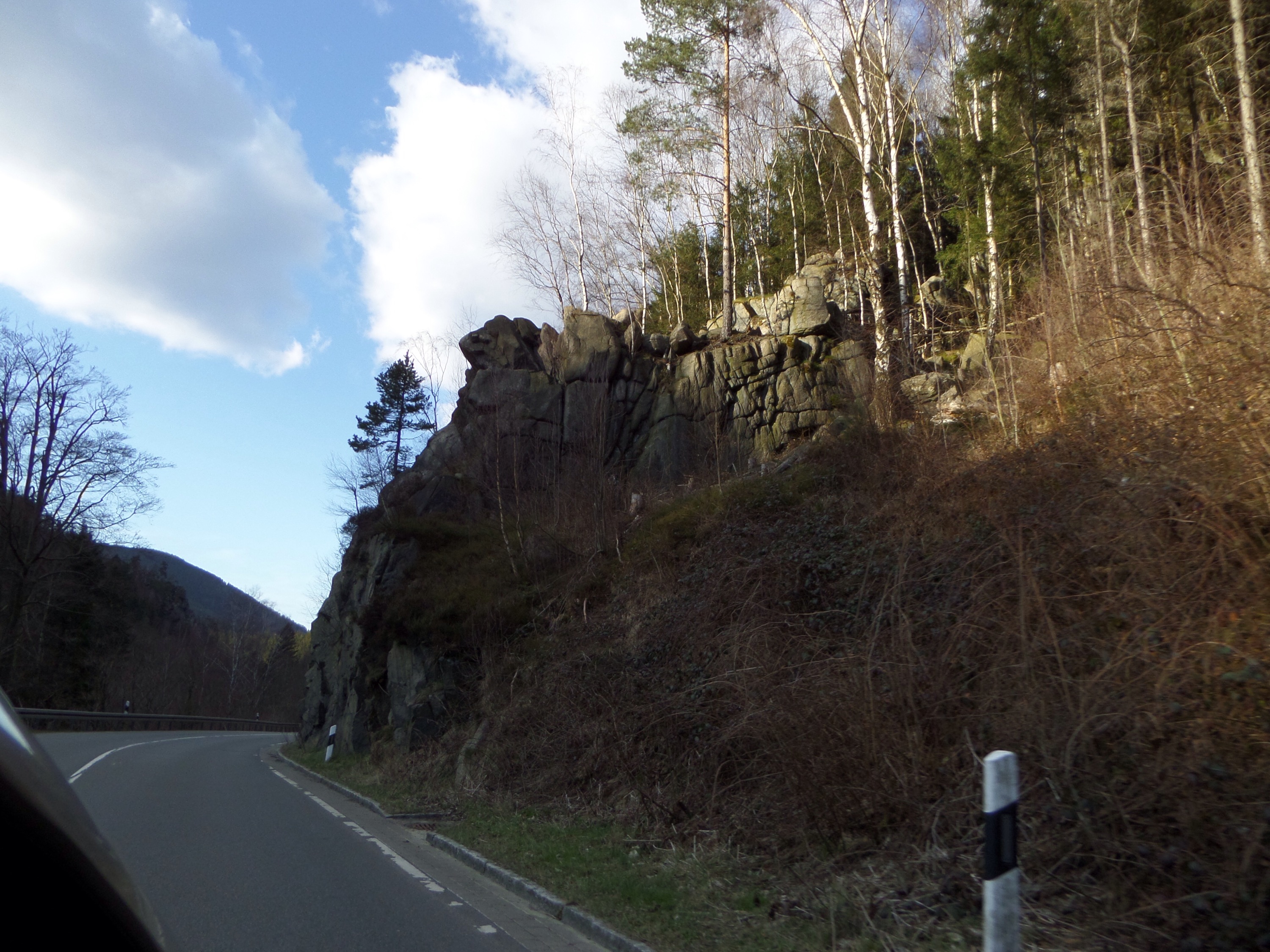
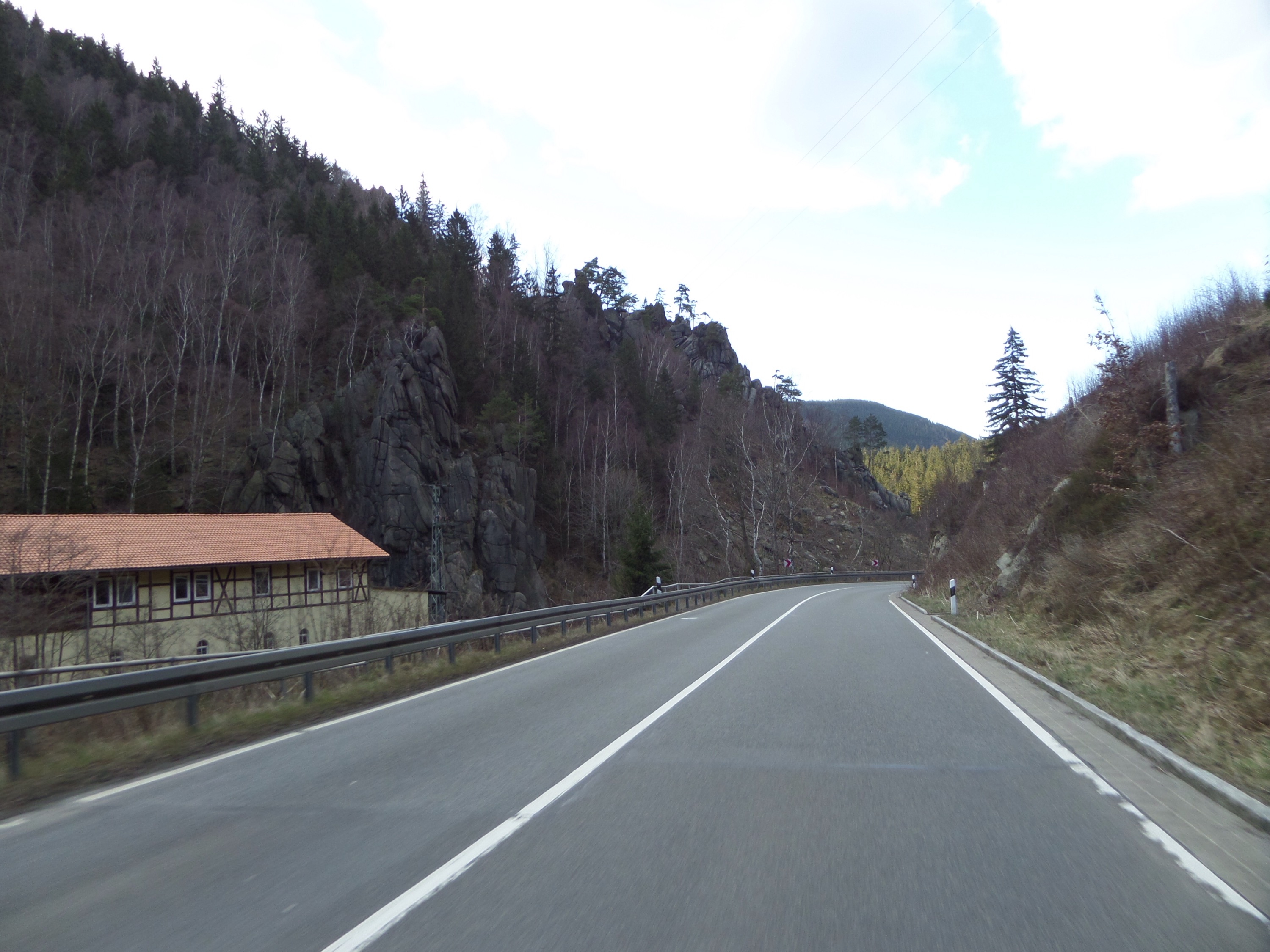

The trail led up to the top of Brocken (the mountain whose peak has the highest altitude in northern Germany). At first it started out quite mild, bringing us along a stream through a thick of trees. This is where I might have been afraid of being eaten by a witch if I had grown up in sixteenth century Germany. As the climb became steeper, the trees showed more signs of damage as a storm had blown a lot of them down in the nineties, and the German government decided not to replant them and let nature take its course.

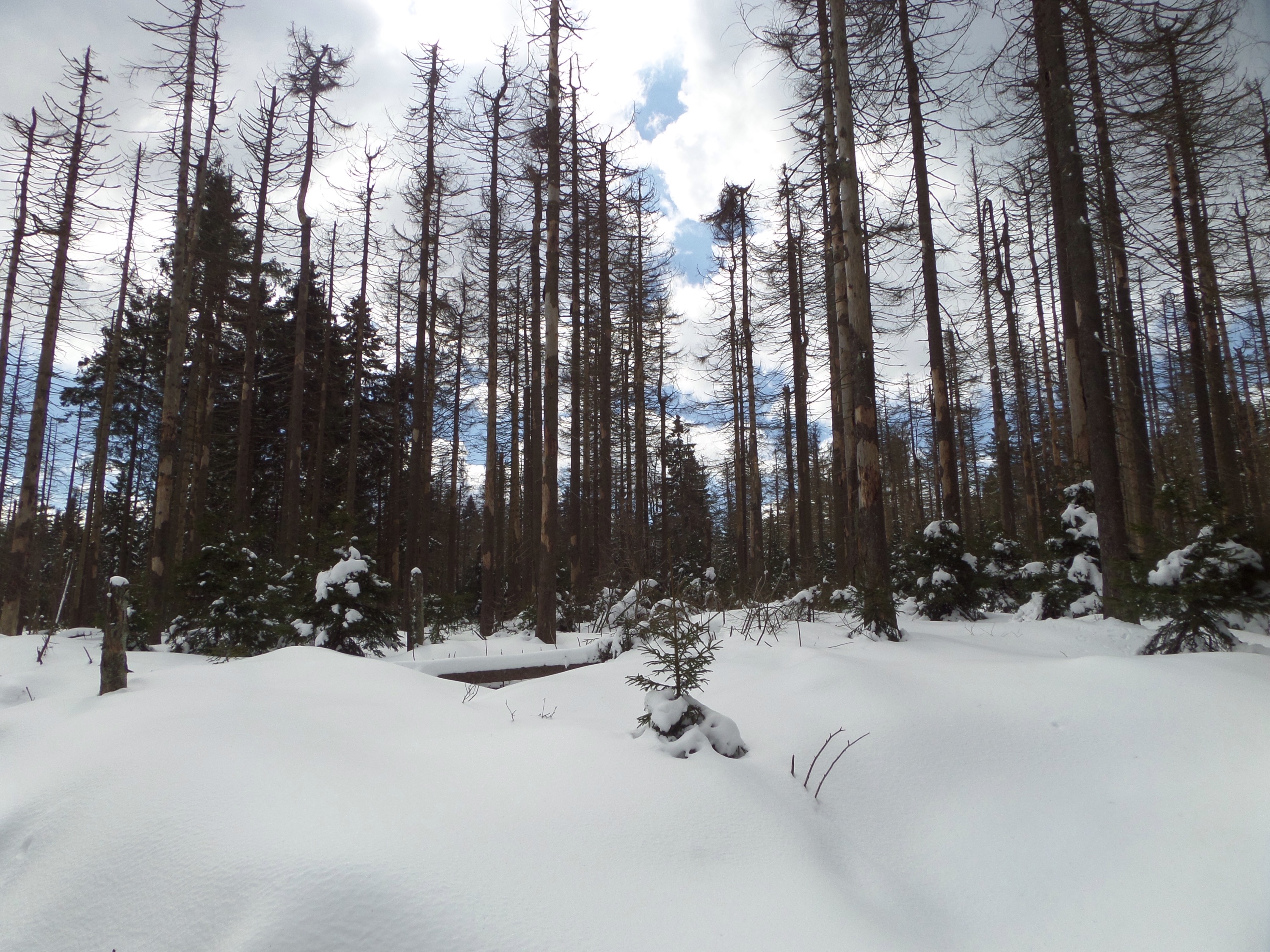
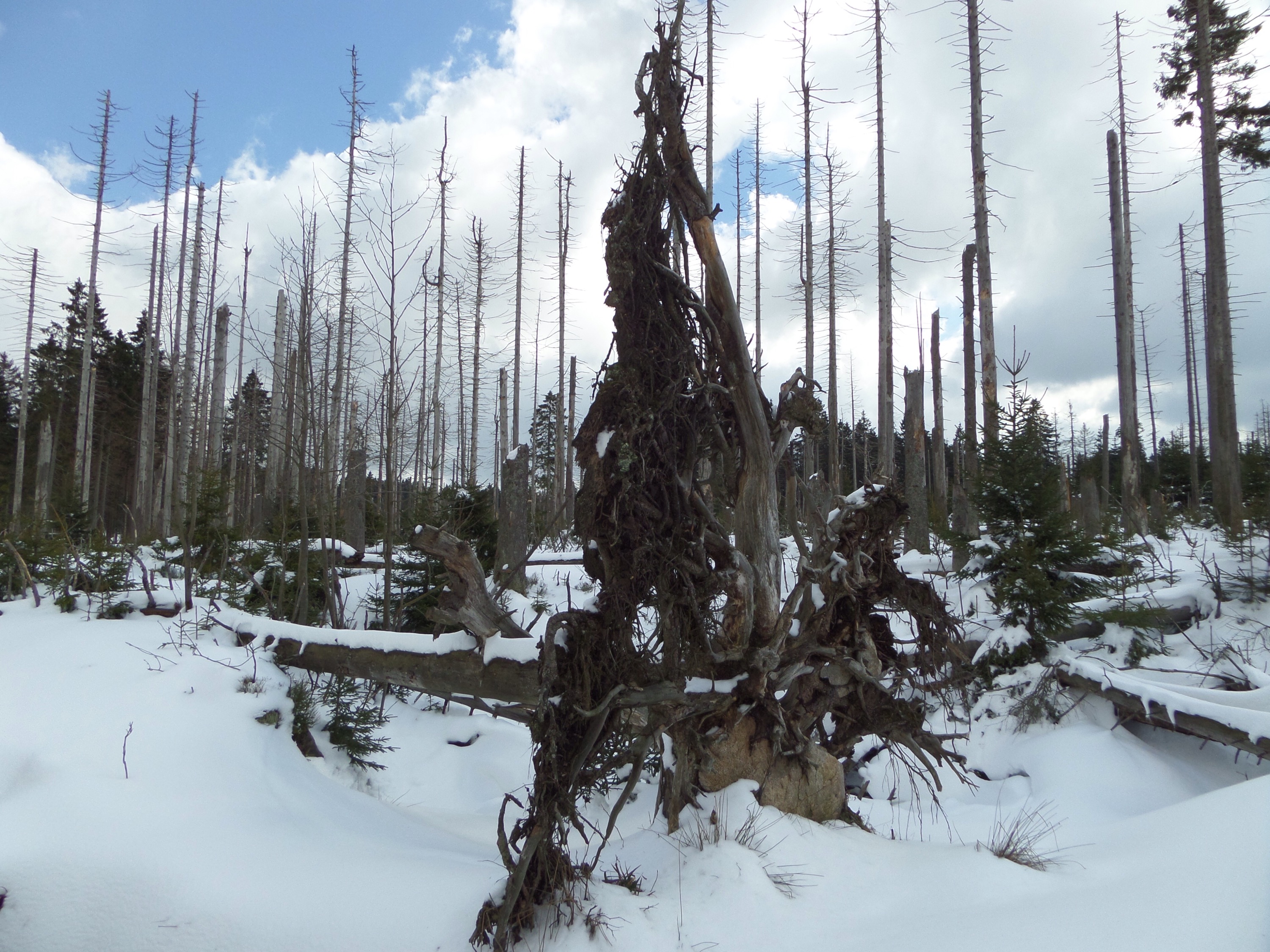
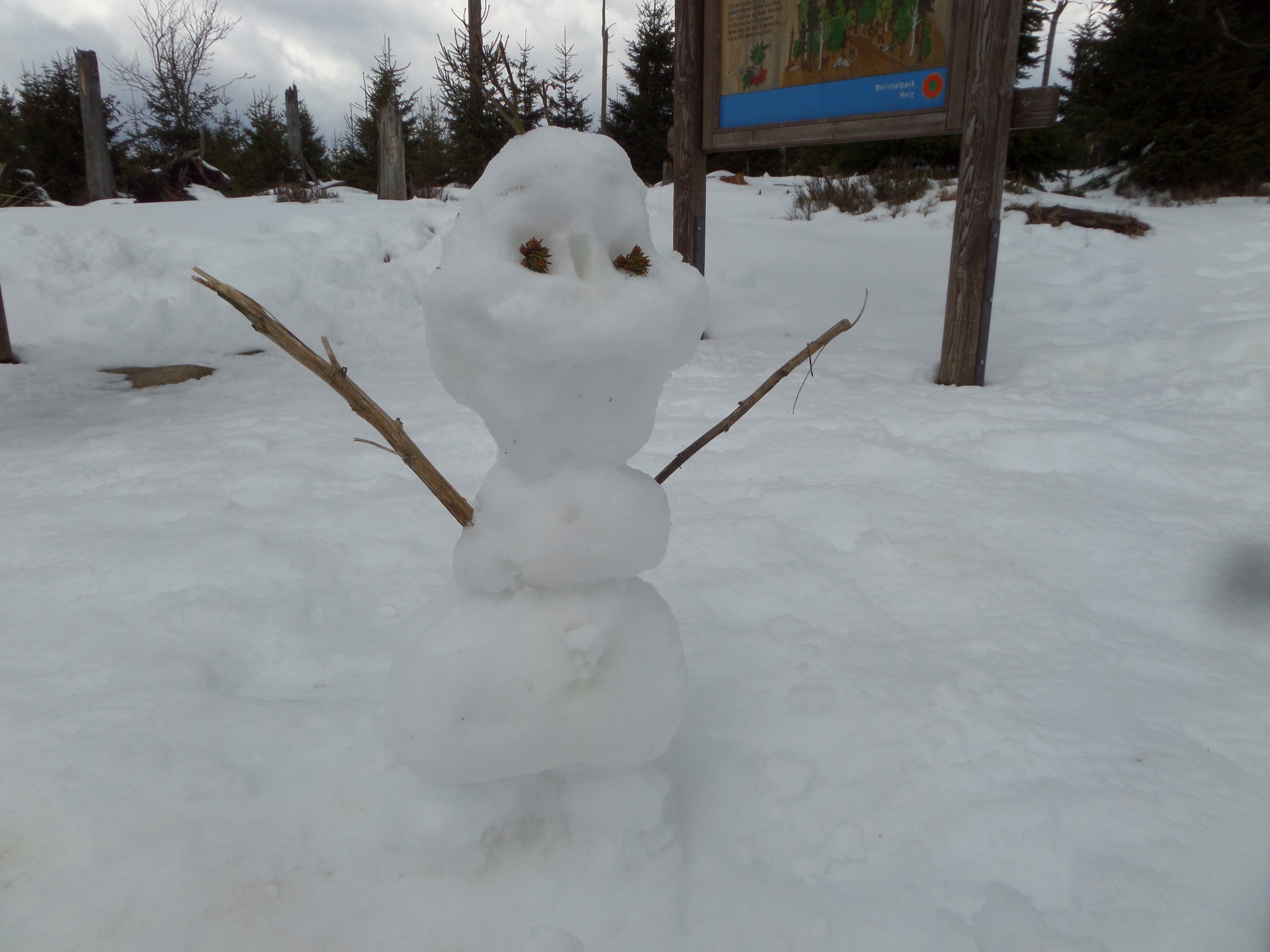
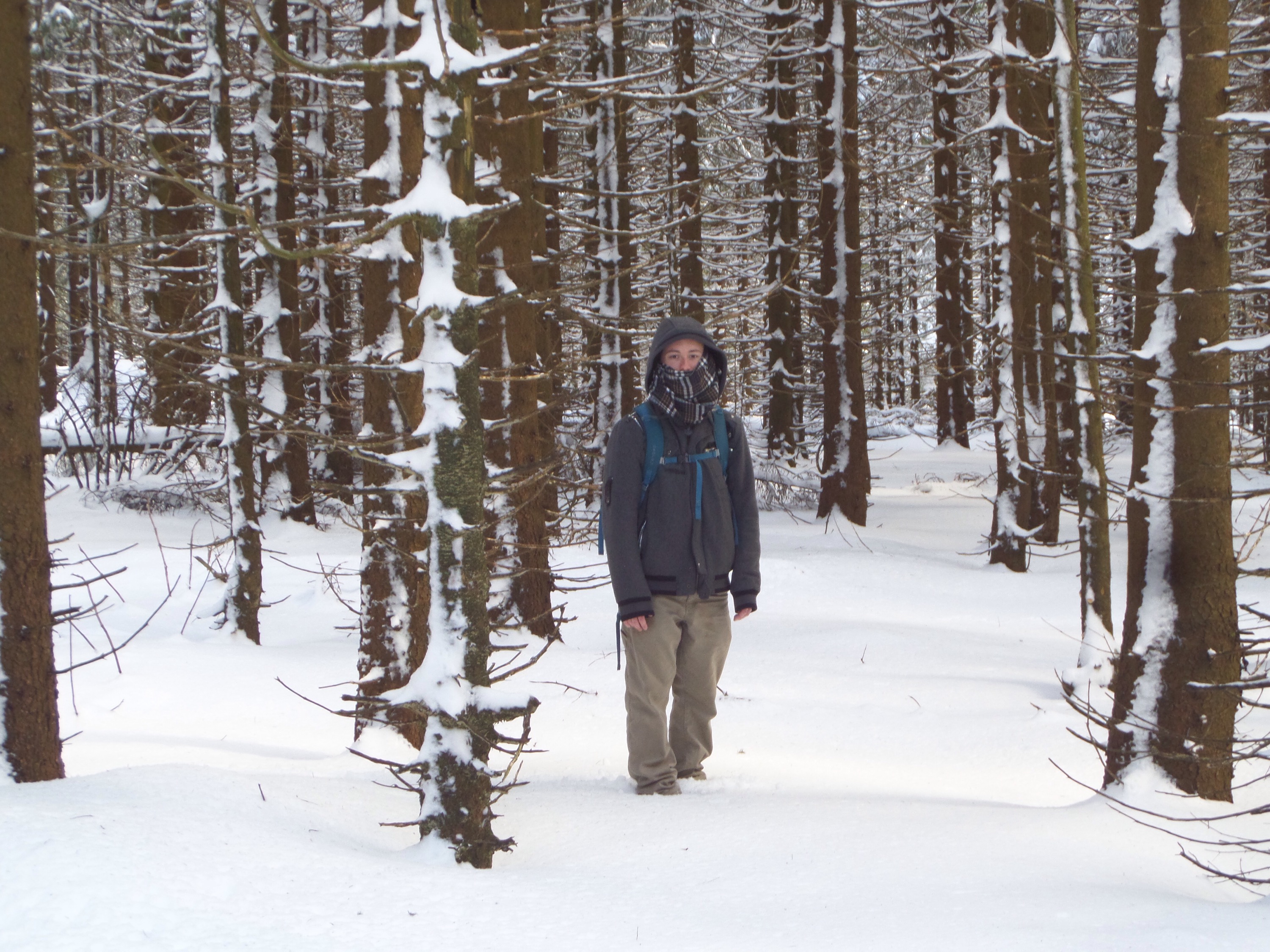
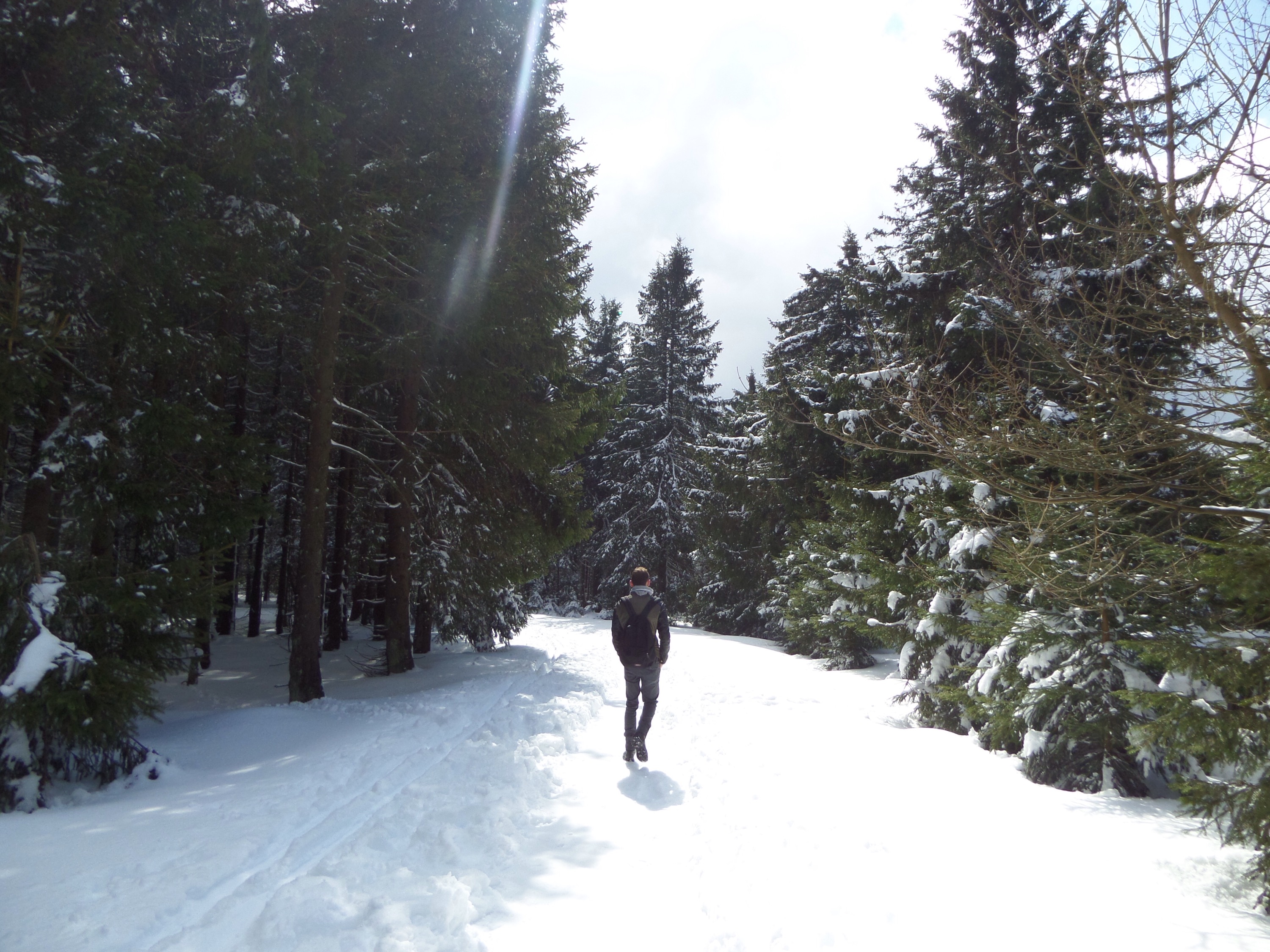
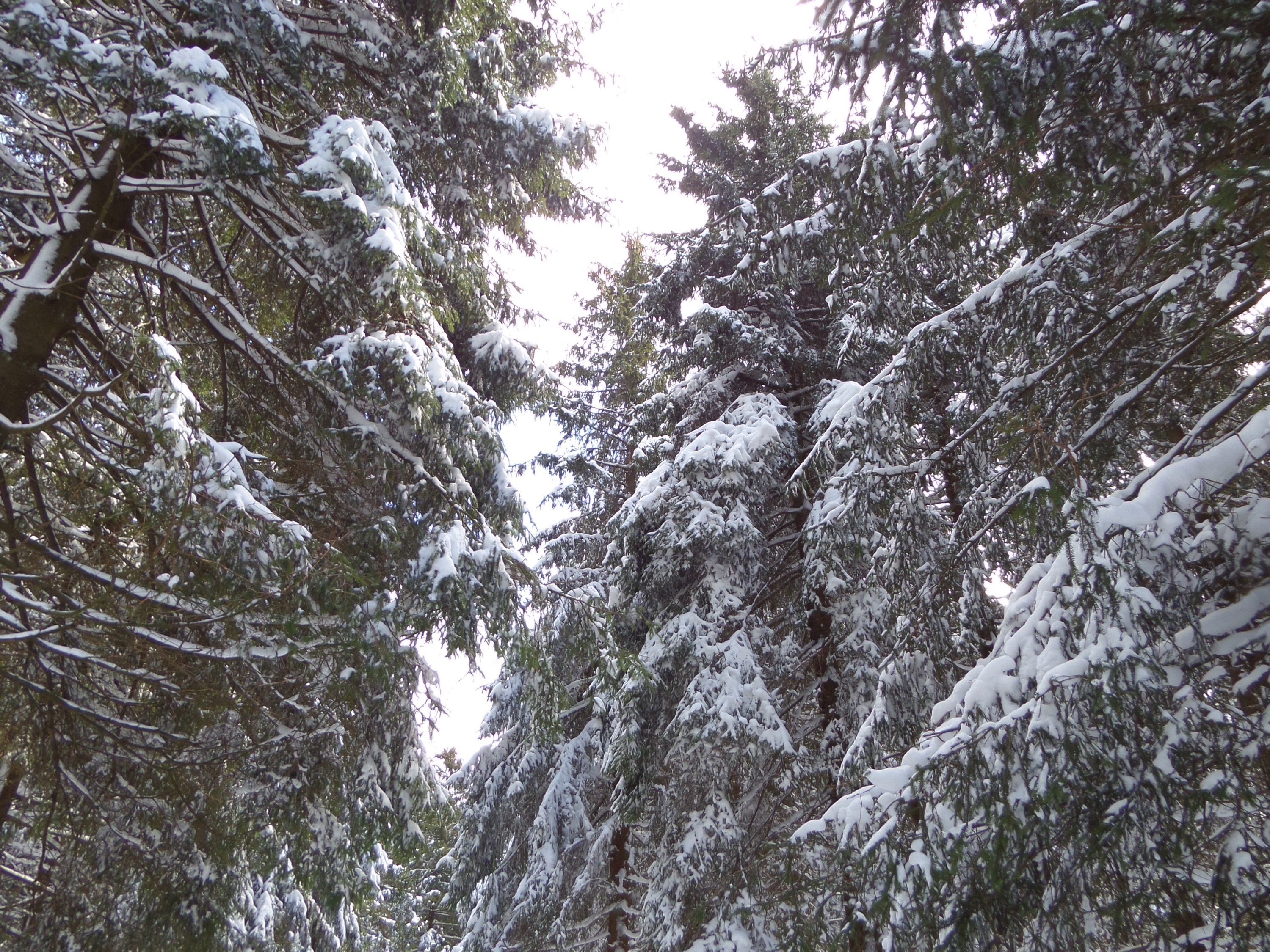
The peak is the site of the end of Faust 1, a scene in which Faust has an orgy with a bunch of witches. Aside from that fact, there are nice little signs around a stone set in the center that tell you how far in each direction to various major cities in Europe. And the view is amazing.
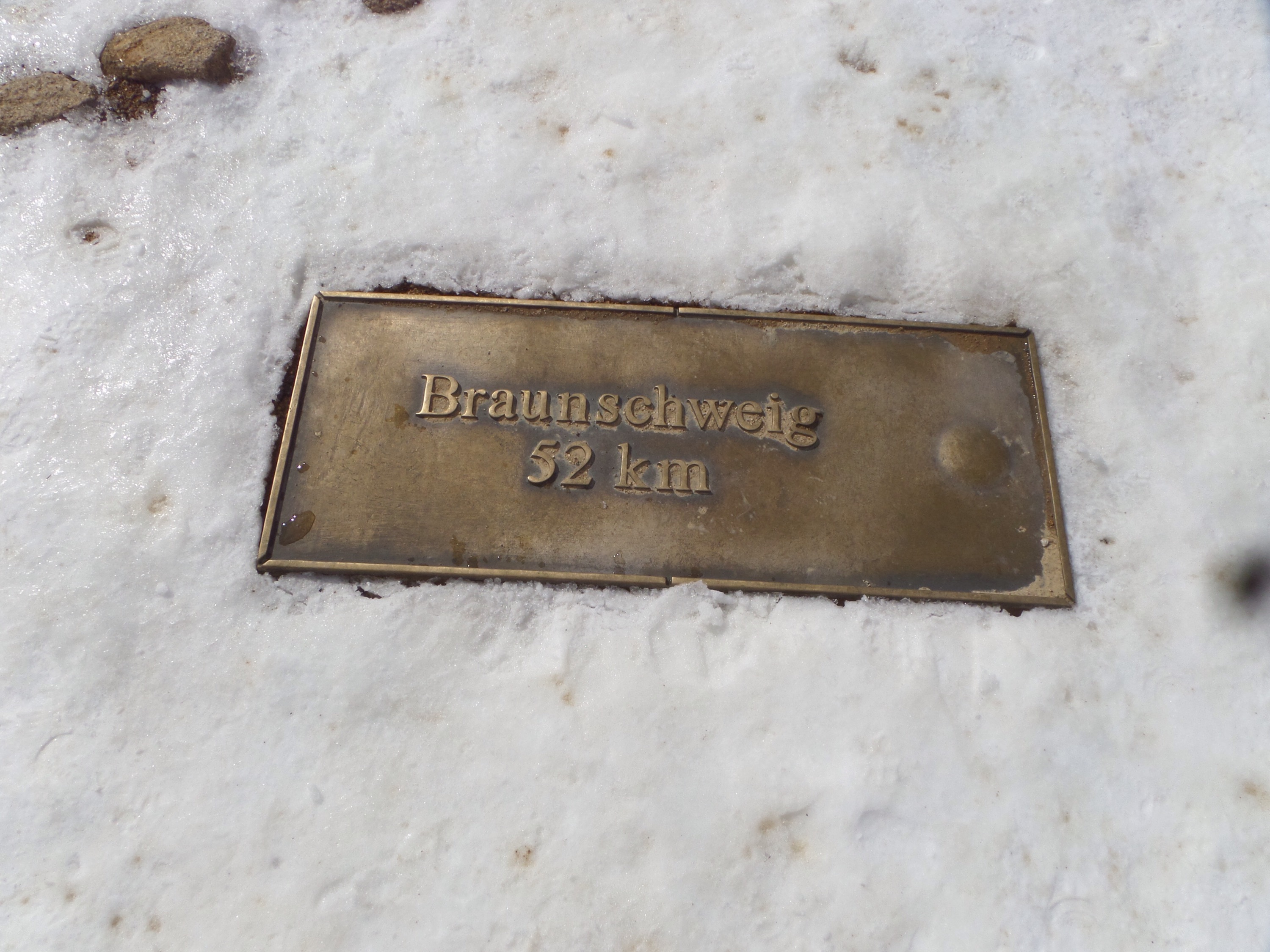
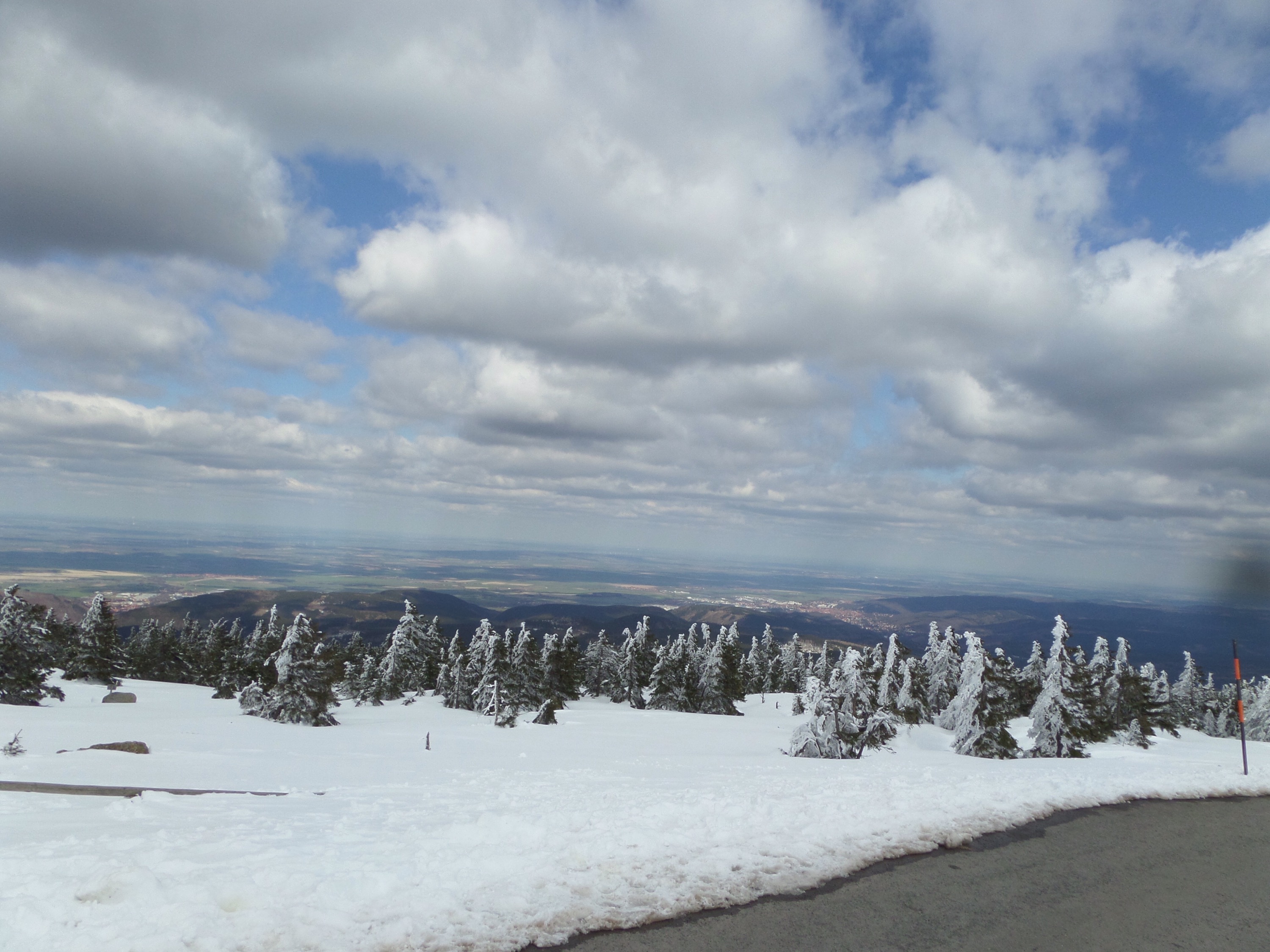
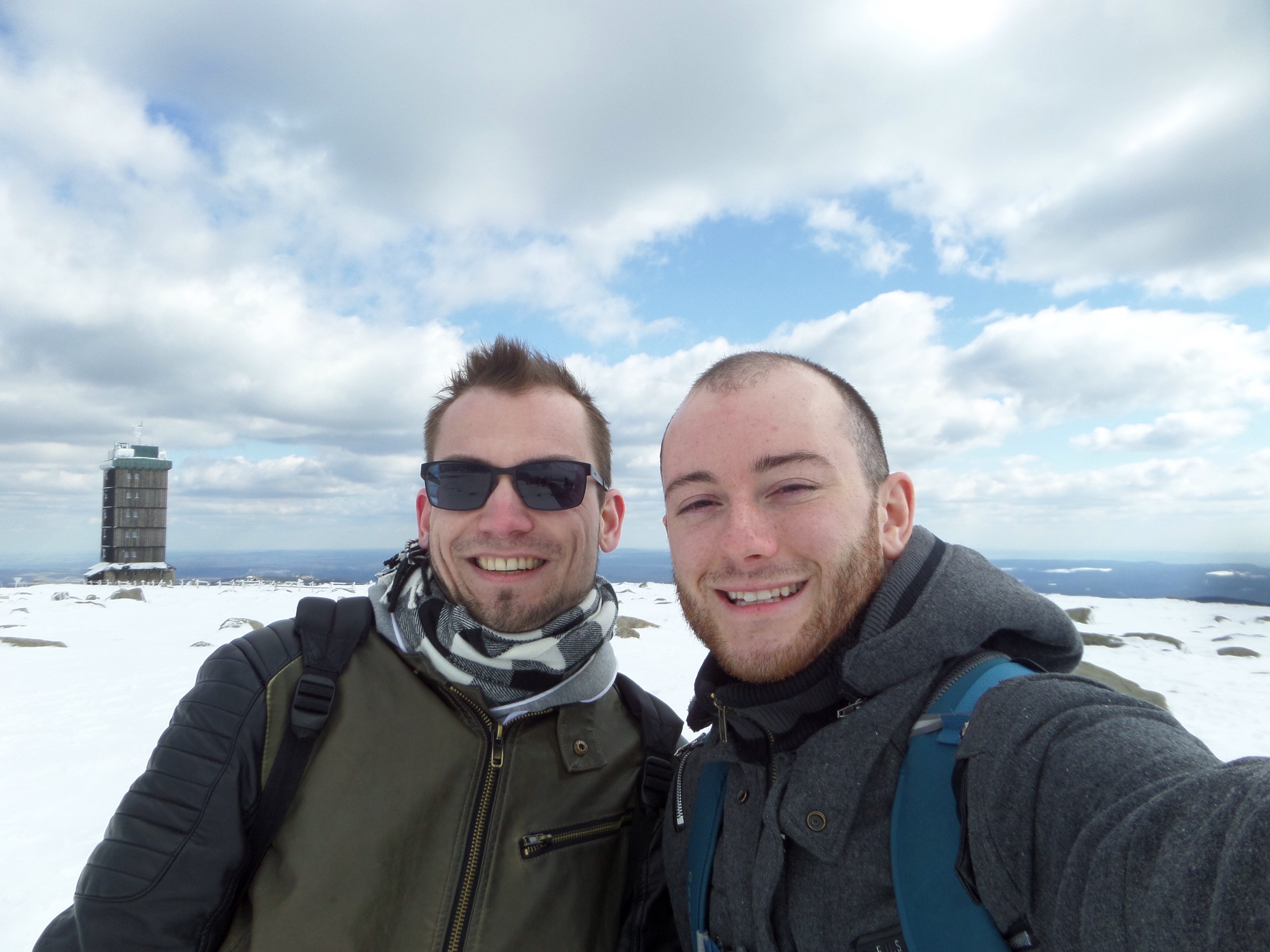
The next day, I was finally feeling much better. We decided to take the opportunity to go and visit a concentration camp nearby called the Bergen-Belsen.
As we drove along the allee (small two-land road lined by trees on either side) towards Bergen-Belsen, there were a ton of RVs parked on little dirt outcroppings where the trees had been cleared. Every one of them looked like they were in disrepair, and they just had women in them. Until one, which had a woman bouncing up and down on someone. Oh, and another (on the way back) had an old guy with a stomach spilling out over his trousers and a scary Mark Twain mustache walking up to an RV while pulling his pants up.
“Is she having sex?!” I cried.
“Yeah, probably,” Gunnar said.
“Why?”
“She’s probably a hooker.”
“Is that what all these RVs are doing here?”
“Yeah, wherever you see these old RVs? Those are hookers. There is a military base around here, so you know.”
I looked into another as we passed. There was a woman in a bright purple dress putting on heavy lipstick with her hair pulled back looking into the rear view.
“This is where you would want to be if you didn’t want your husband or family knowing what you did,” he continued.
“Hm.”
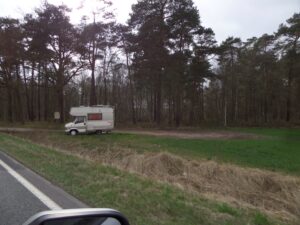
Walking in into the Bergen-Belsen memorial, I knew I would be assaulted by feelings of sadness and empathy, but I was unprepared for the sheer horror of what it’s like to be stuck in a small theater room without lights, save for the bright screen on the wall showing various images of the atrocities committed during the Holocaust.
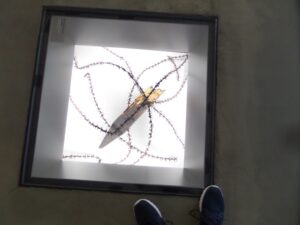
The camp’s facilities were almost entirely burned down after the liberation of its prisoners by British forces in 1945. However, the graves remain, which are no more than mounds of earth and stone that cover up thousands of the dead that were bulldozed into piles, and a new building has been built around the premises to house a museum in which you can read all about the prisoners, where they came from, how they died, and see some of their effects. There are marked headstones, but they are only symbolic. Anne Frank and her sister passed away at this camp, and there is a black headstone commemorating them in the yard.
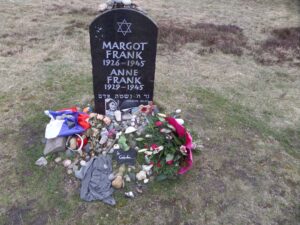
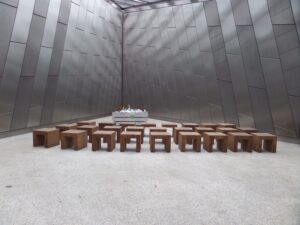
Particularly awful are the videos which show emaciated people walking groggily into one another without a single expression or hint of humanity left in their eyes, as if they were literally the walking dead. Their eyes sunken in, knee caps larger than the rest of their legs, ribs poking jaggedly outward– the ones who are already dead left naked at the fence line, carried by the living as their heads bob back and forth because they have no energy left to stabilize their necks. The diaries of people who survived the camps paint a picture of just how desensitized they were to the horror. One read:
“Monday: milk soup, bread. Work 6 AM – 9 PM.
Tuesday: father died. Bread, milk (probably condensed).”
It’s something I don’t think someone with my level of writing can describe accurately enough or painfully enough to really get the point across. You have to be there, where it happened, to come close to understanding what happened. What we learn about it in American schools is comparatively white-washed, bleached, and sprayed with air freshener.
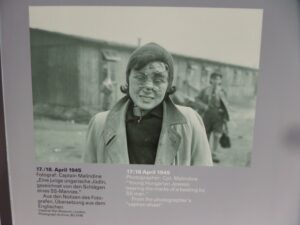
On the way back, I tried to breathe fresh air form the outside and regain my spirit. The green pastures and thick forests did little to cheer me up, but seeing an old man with a scary Mark Twain mustache and a belly hanging down over his trousers walking proudly up to an RV made me reflect on just how crazy the world is.
